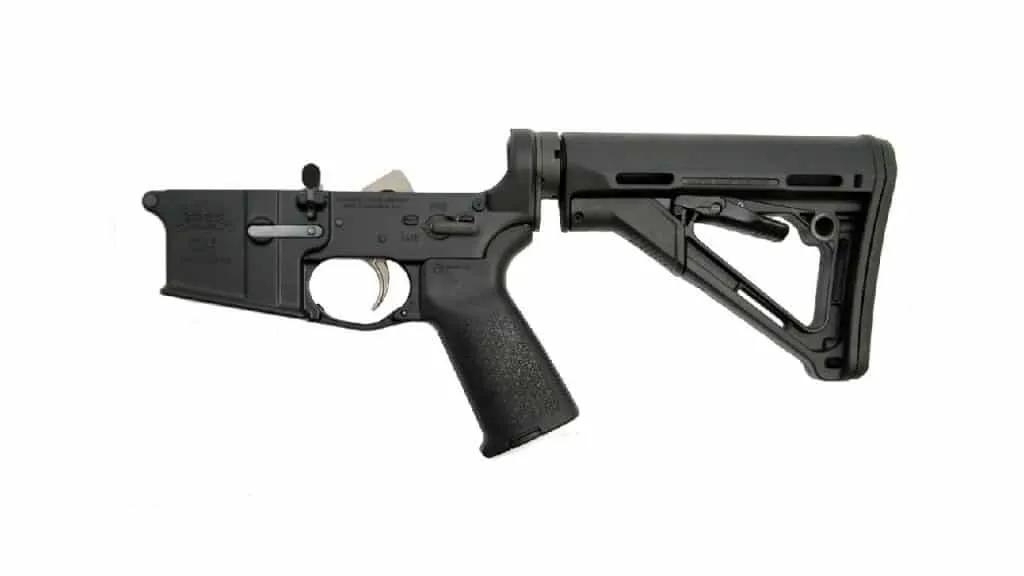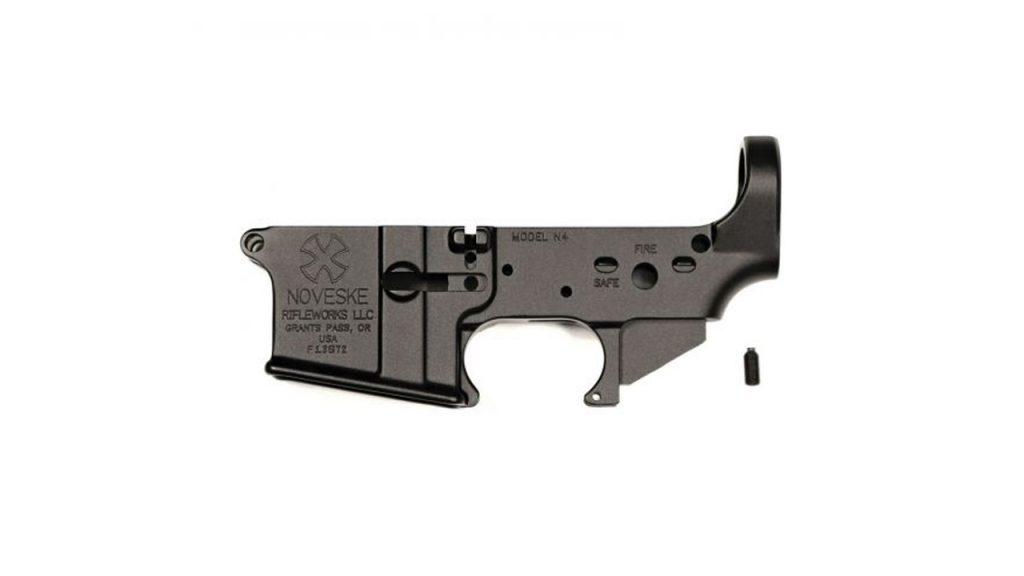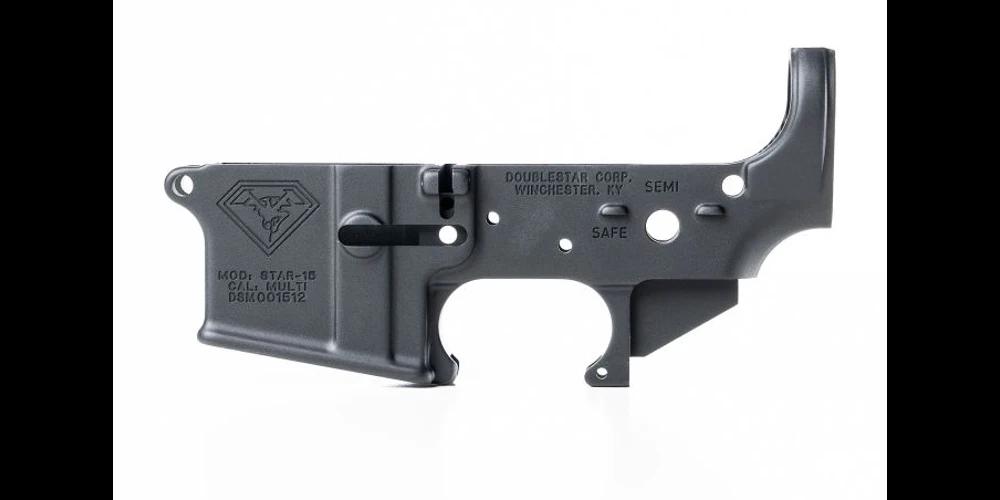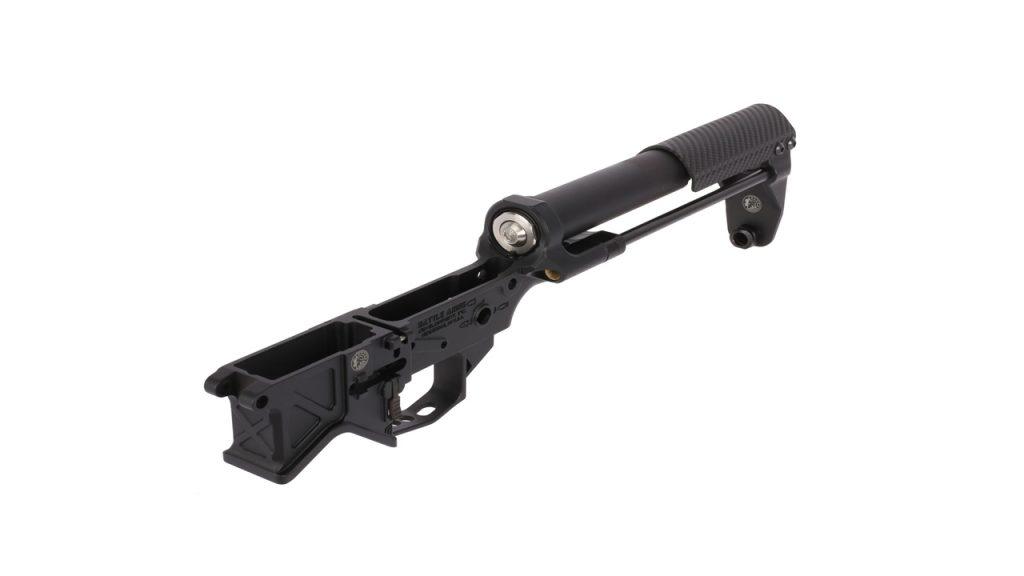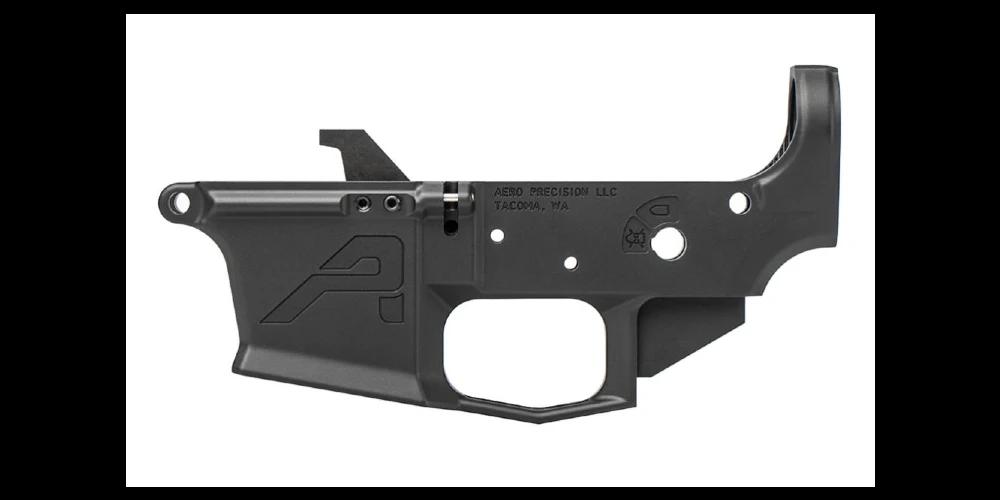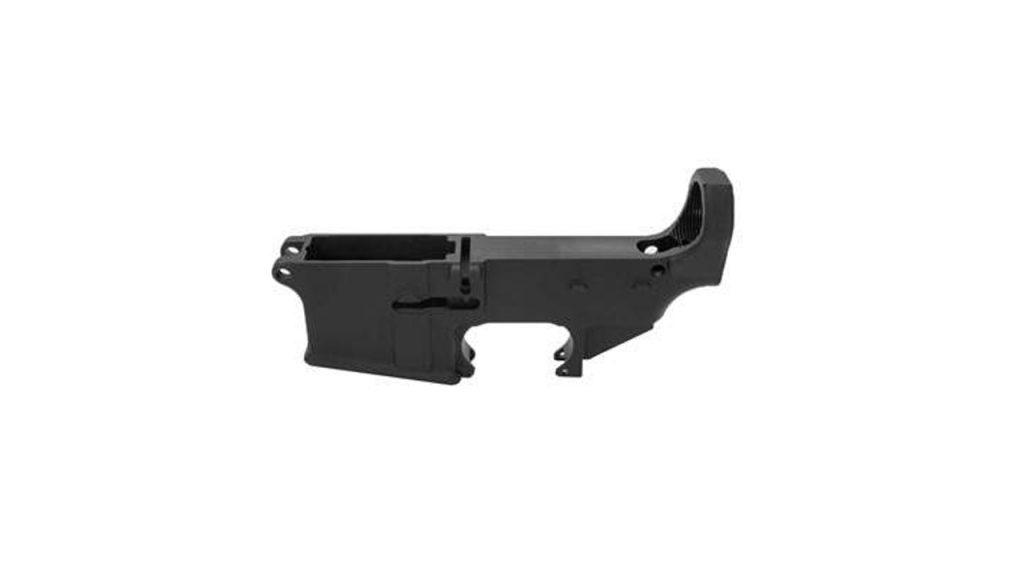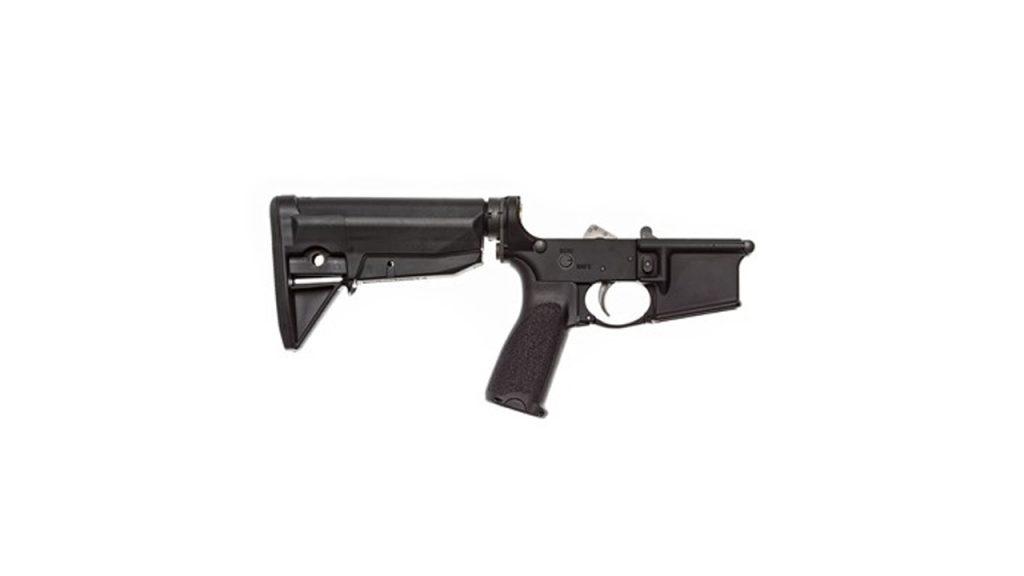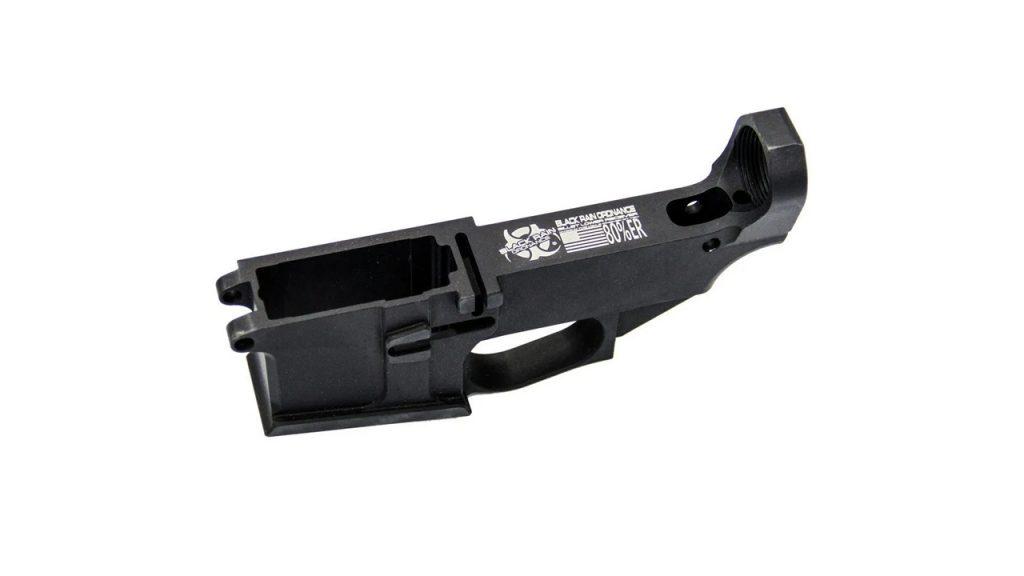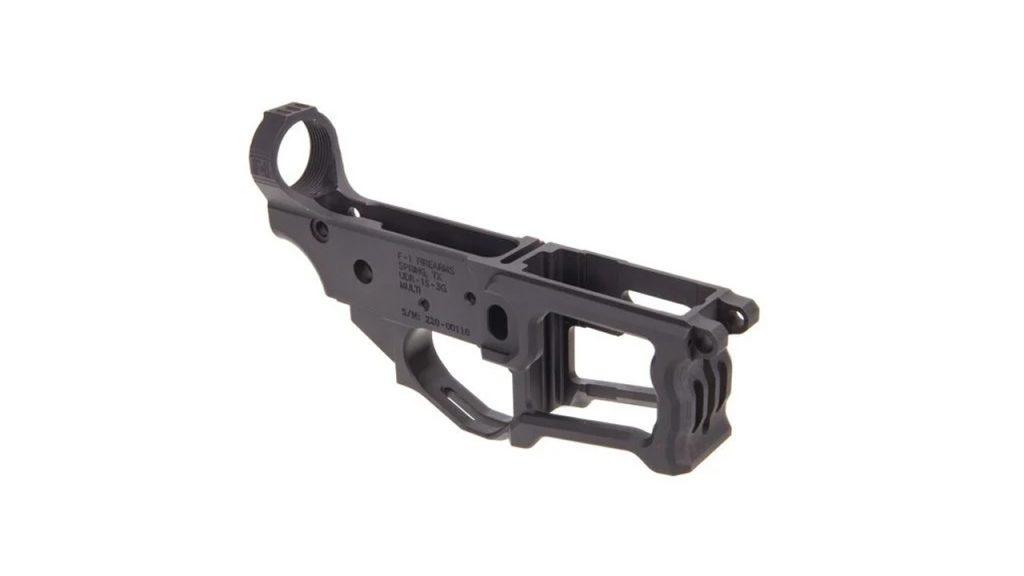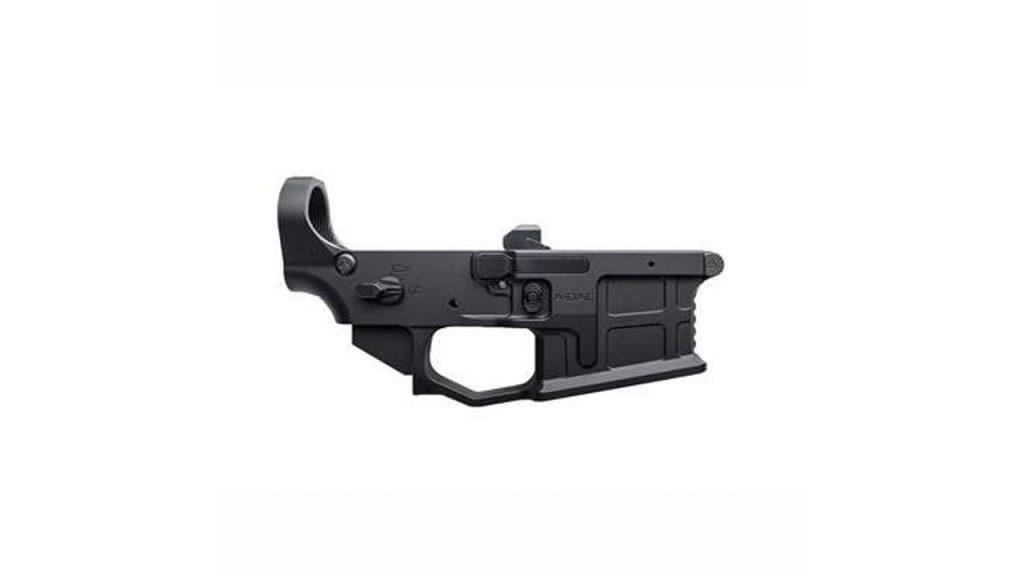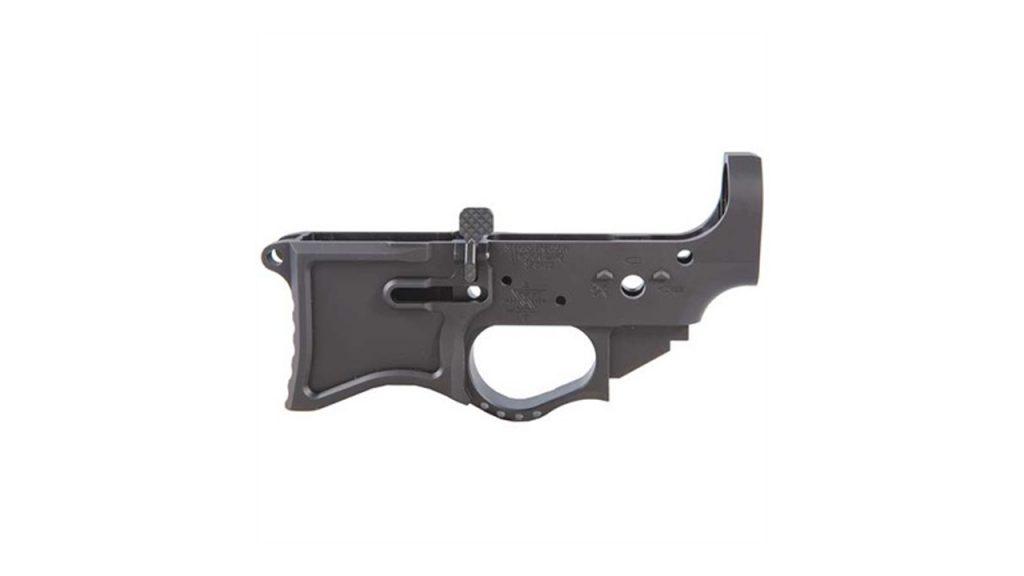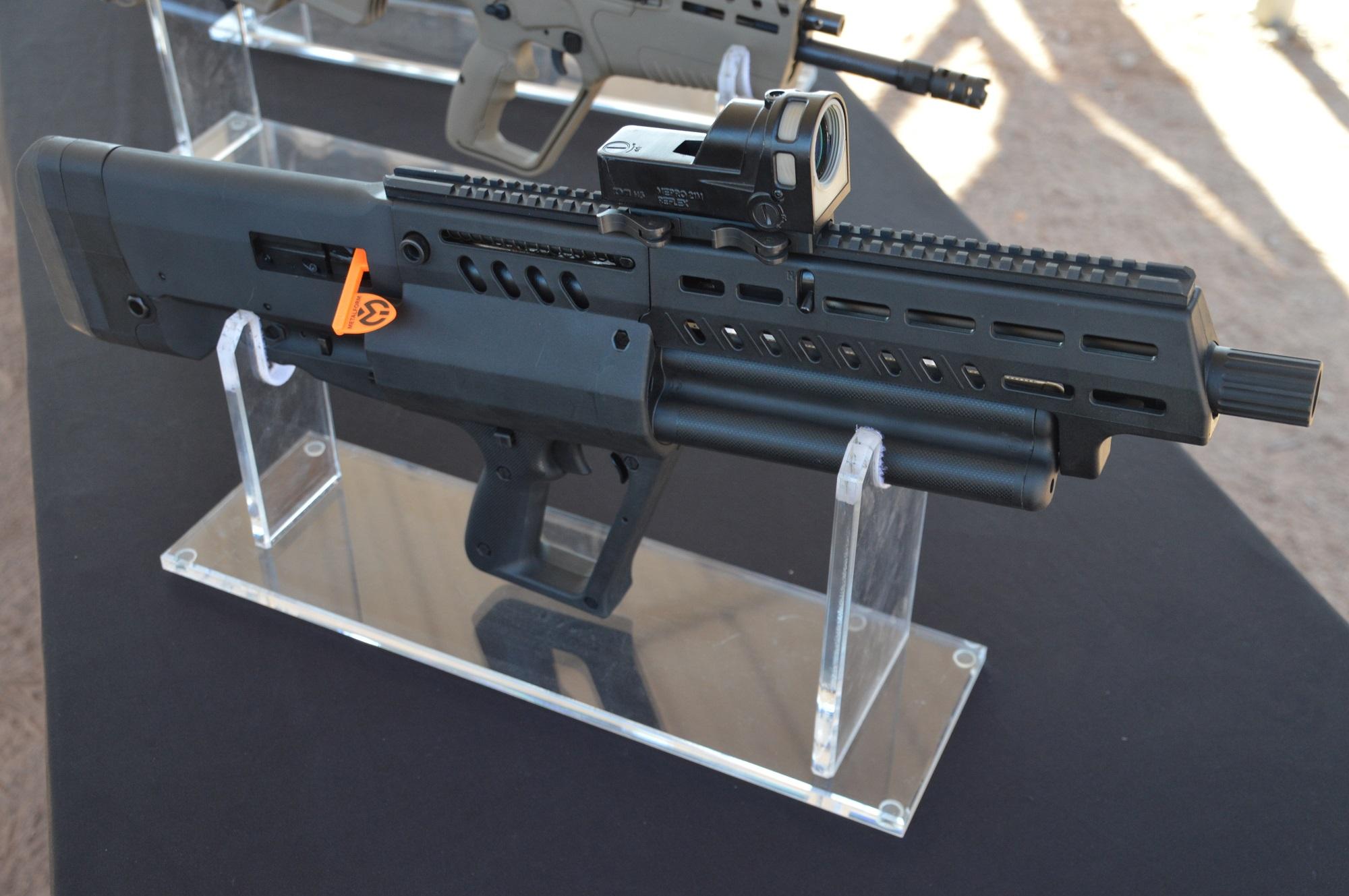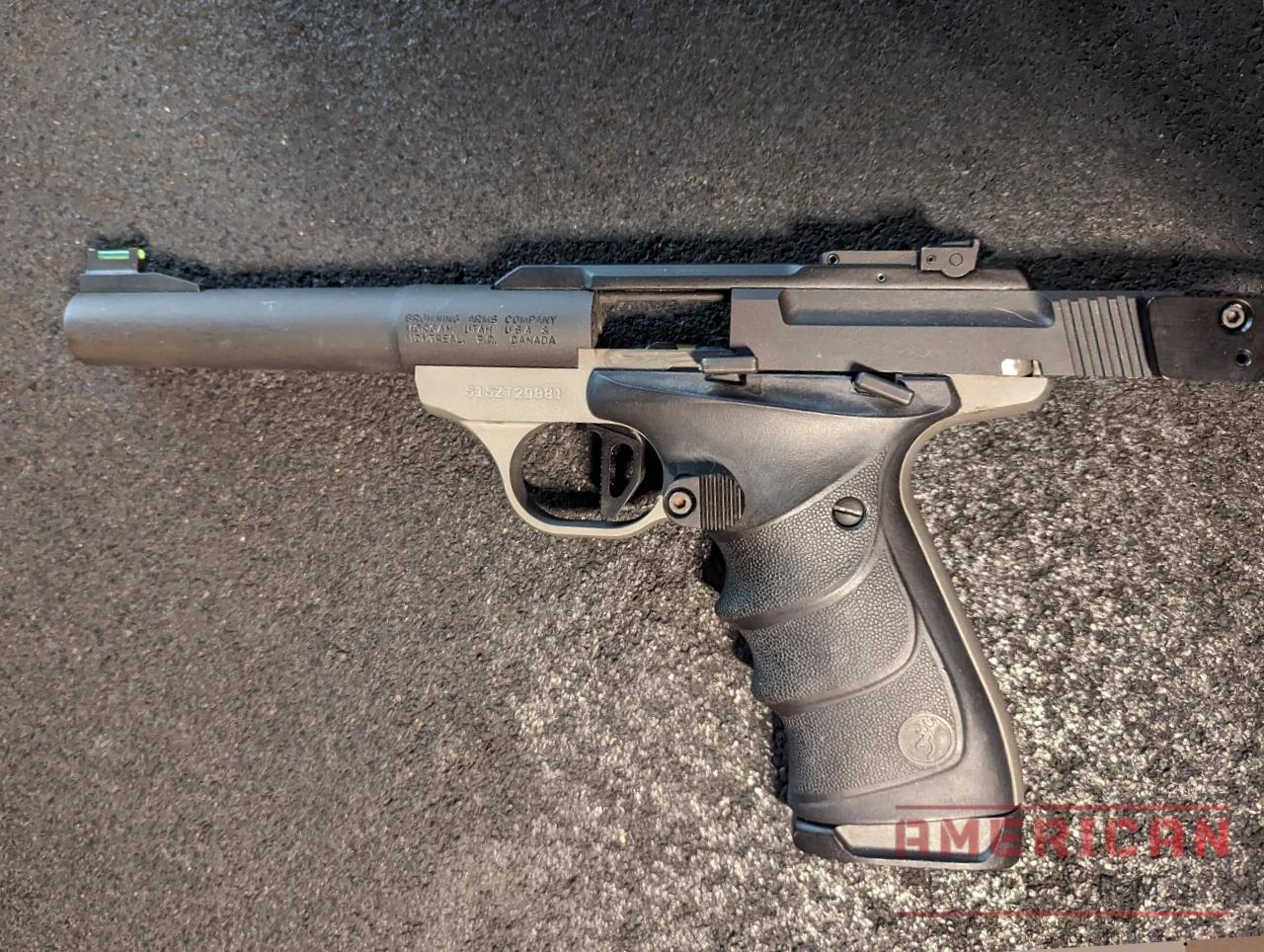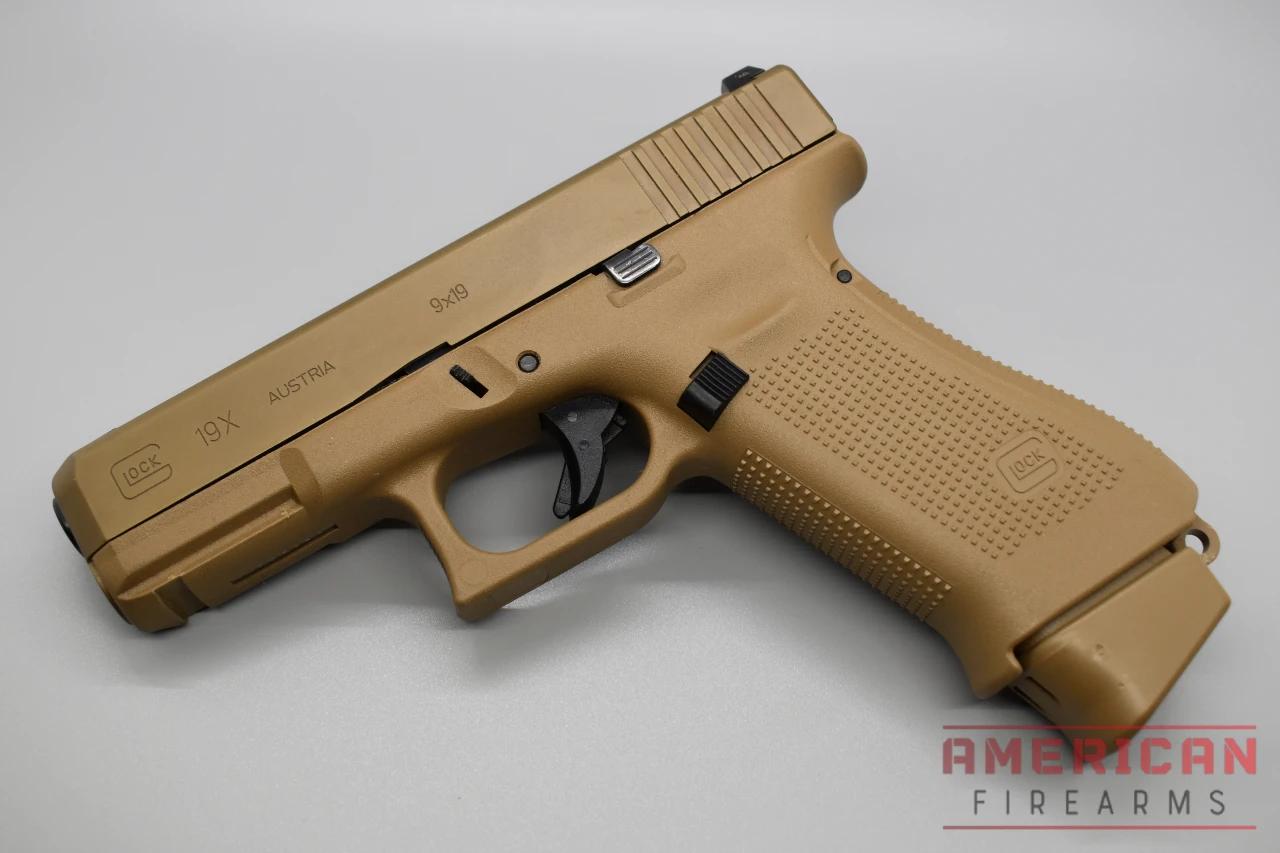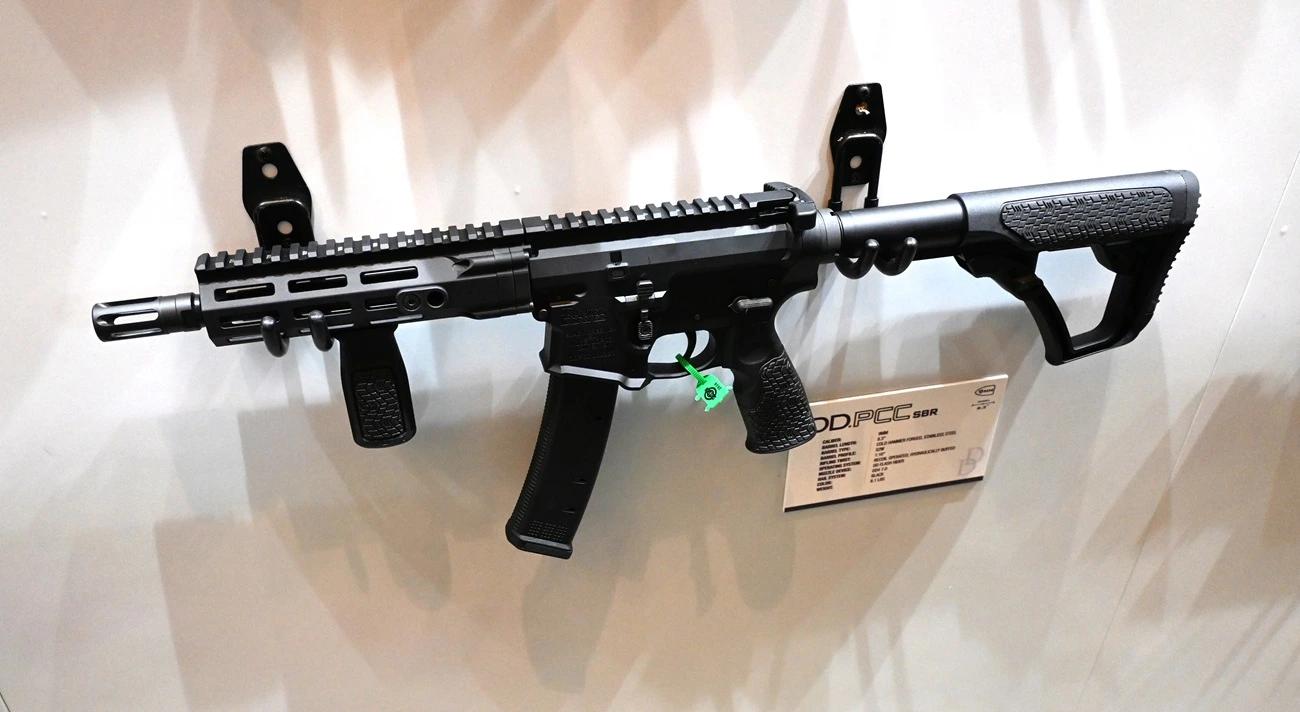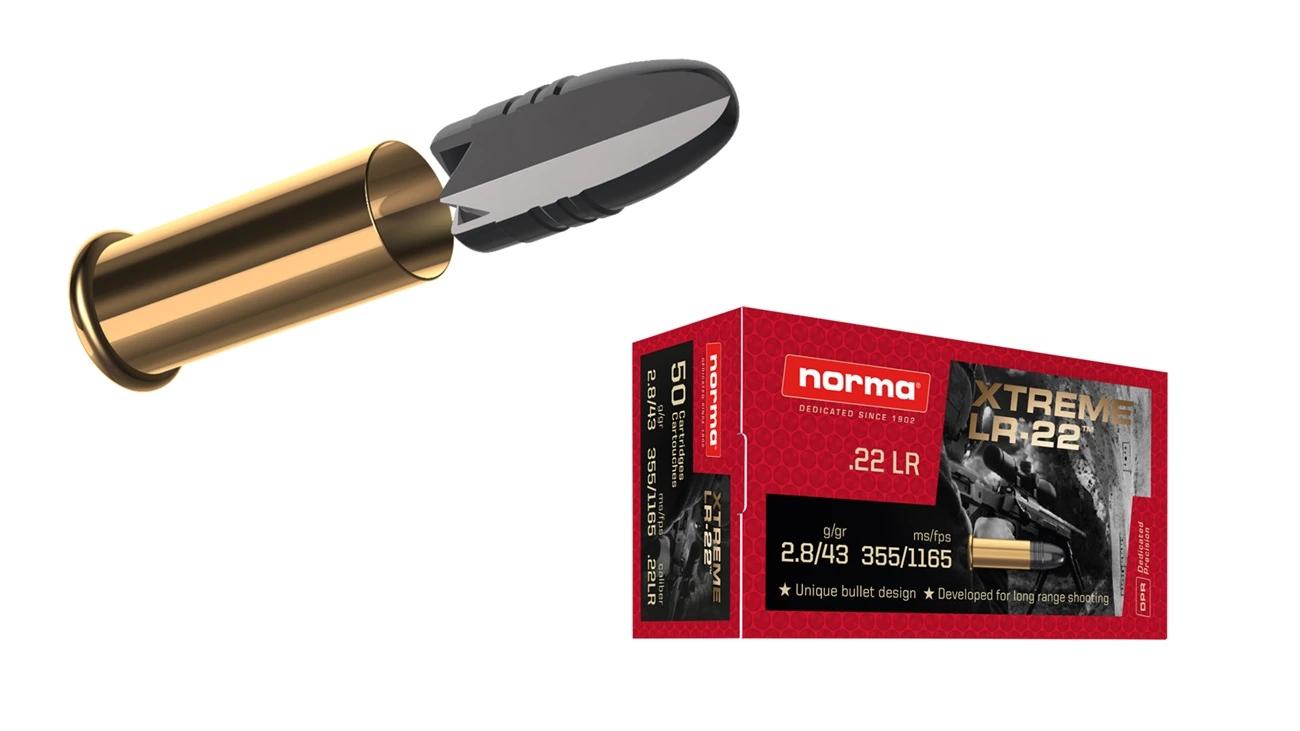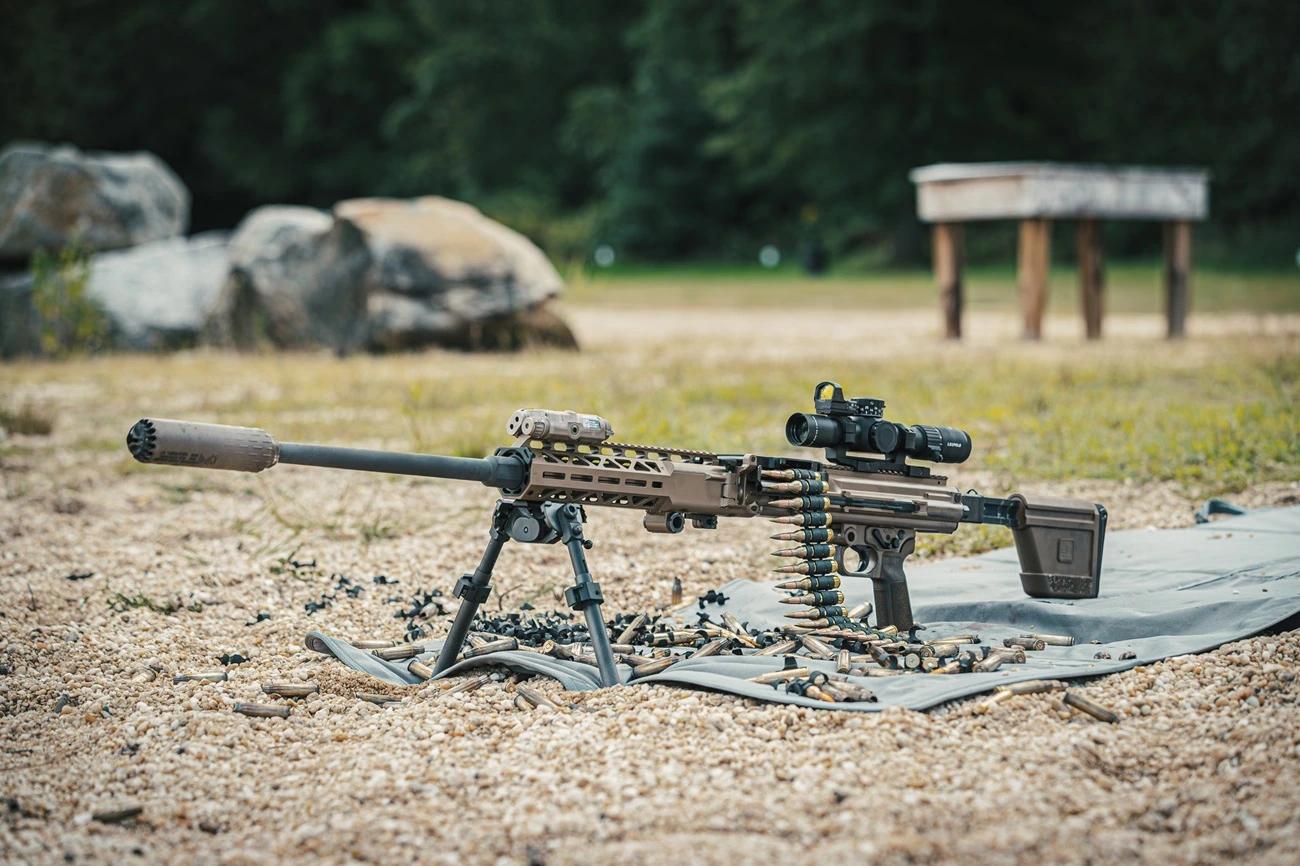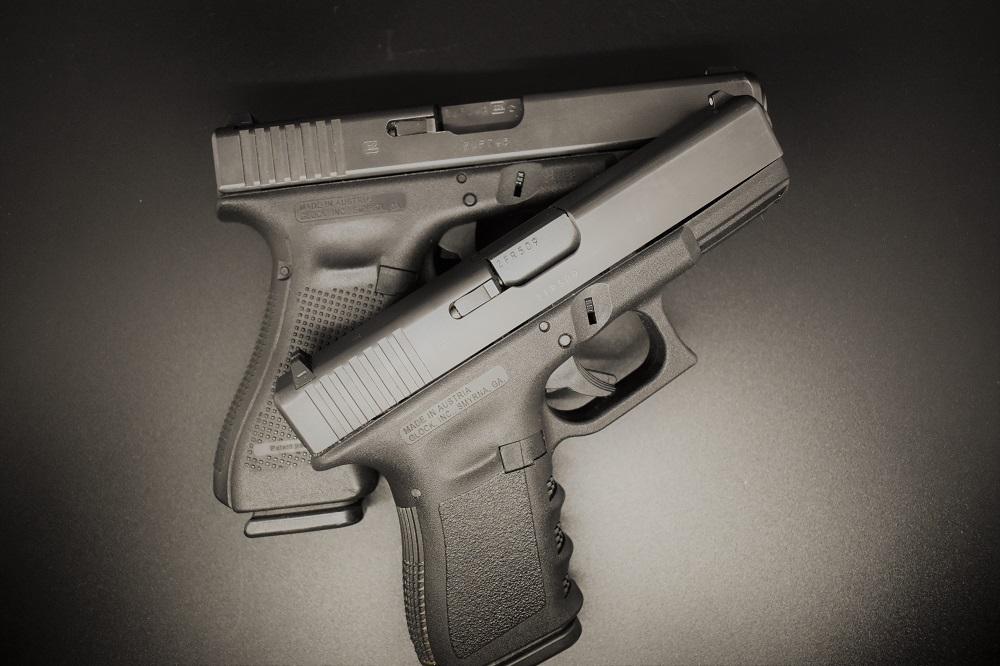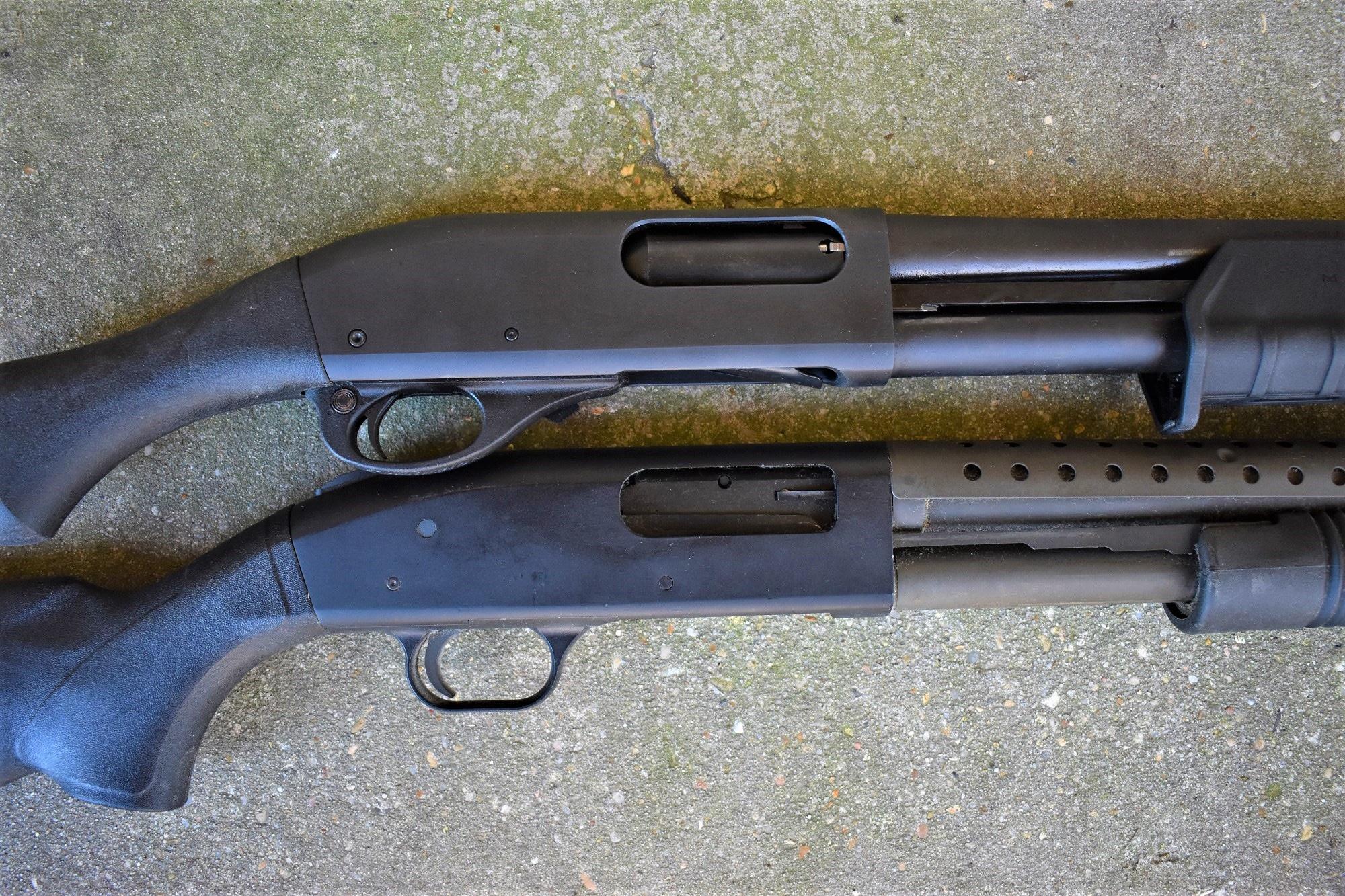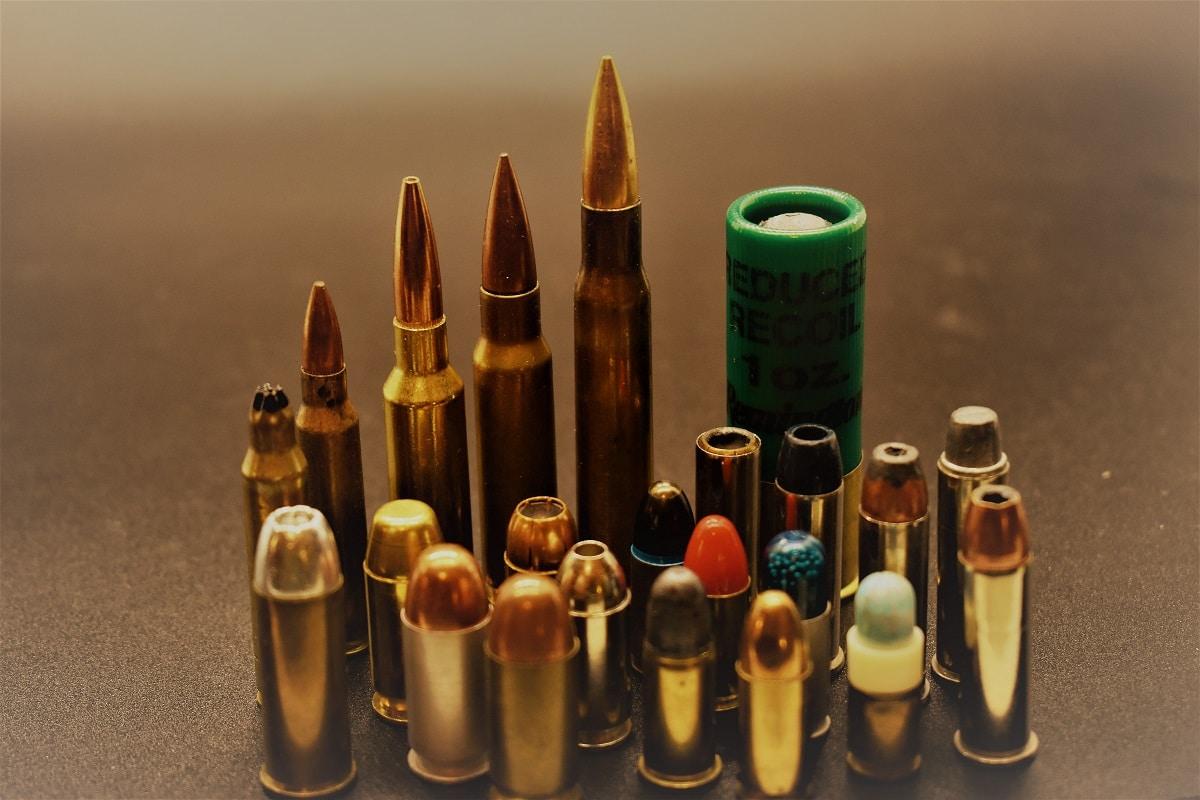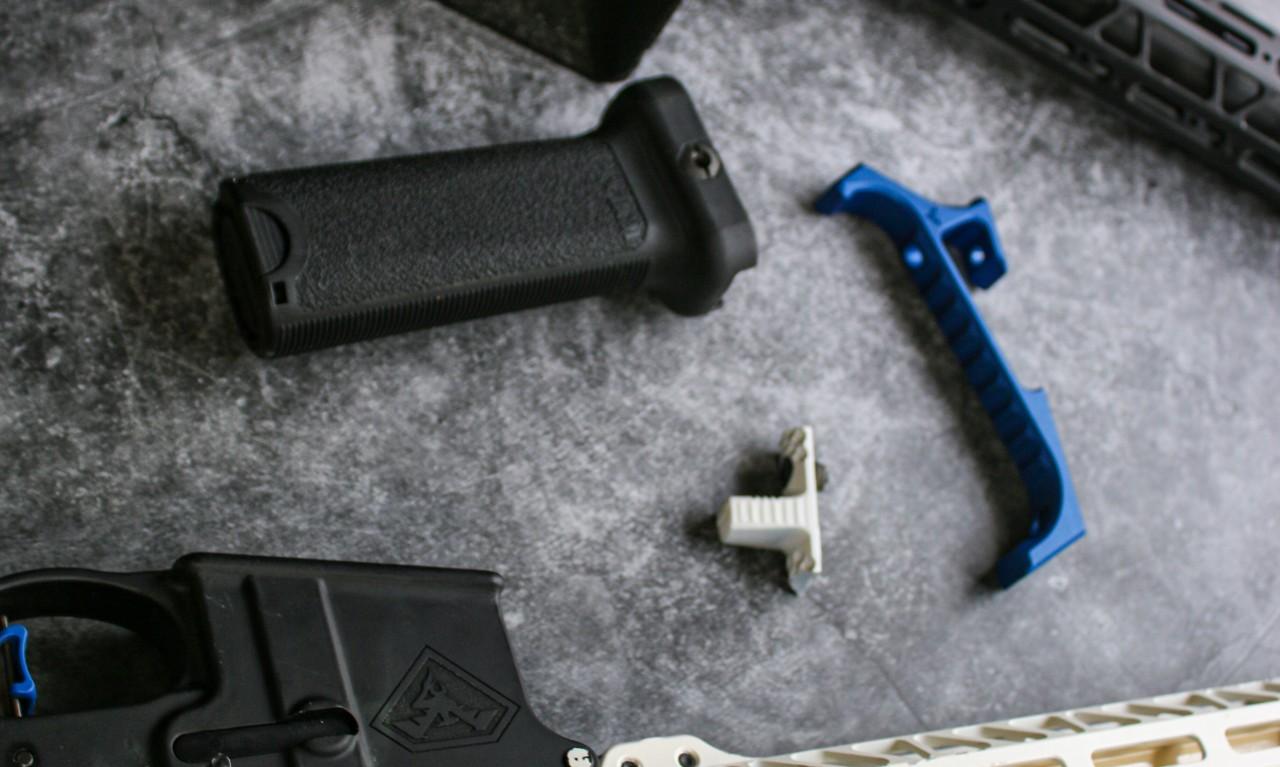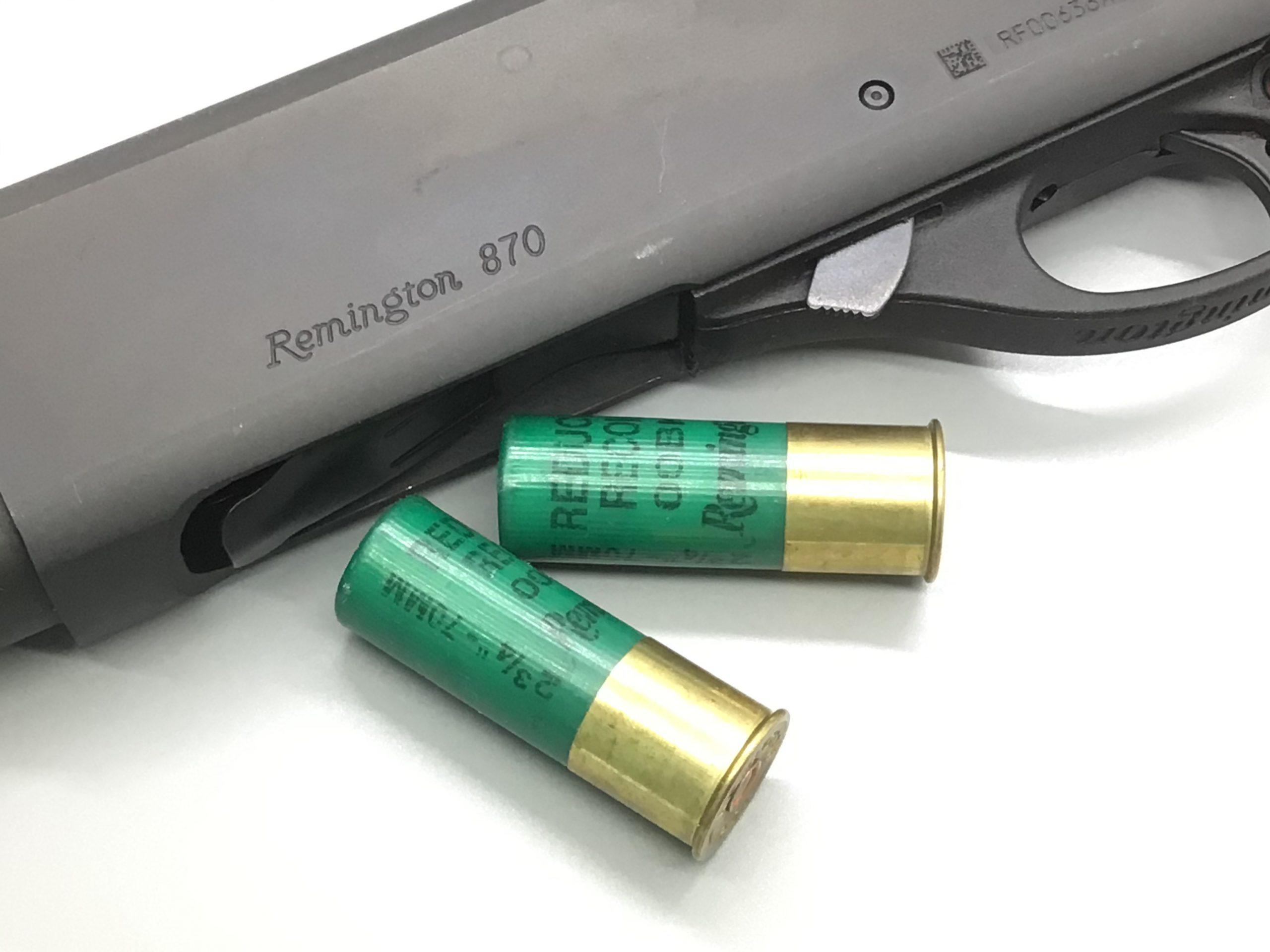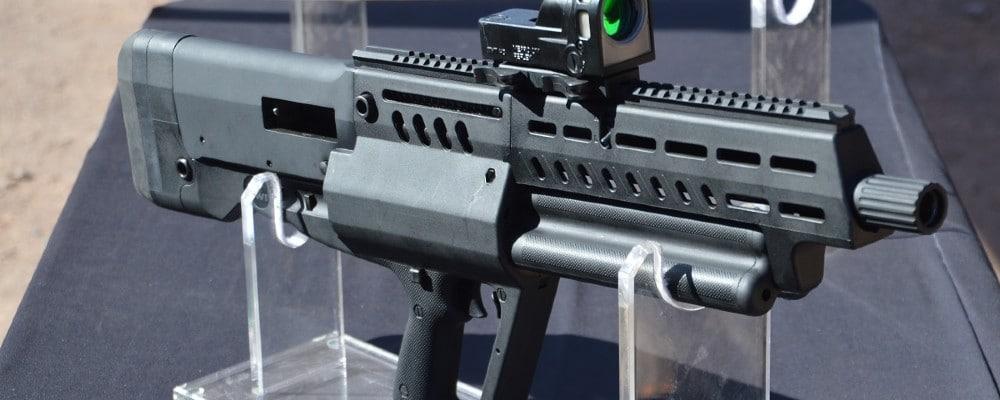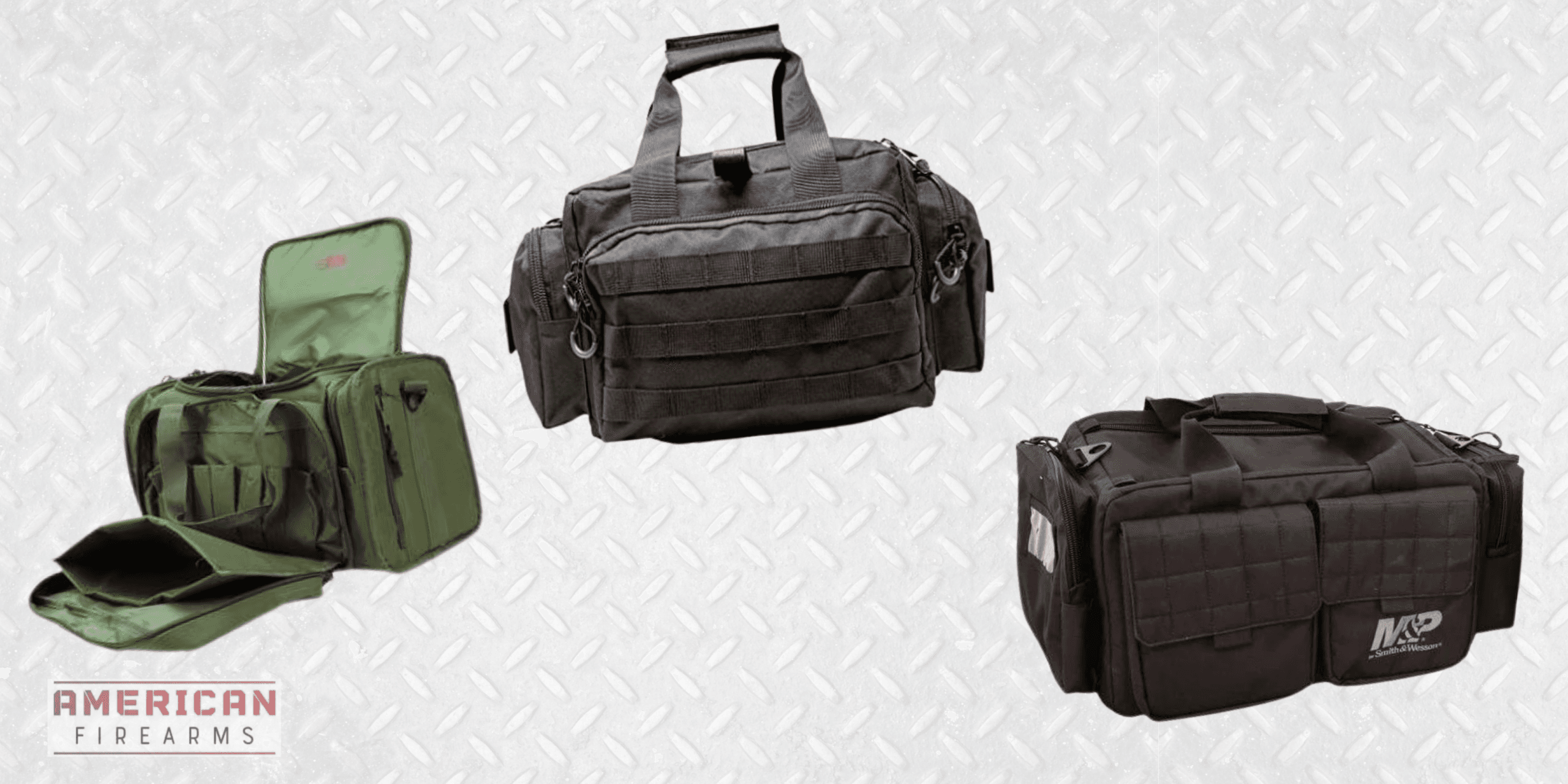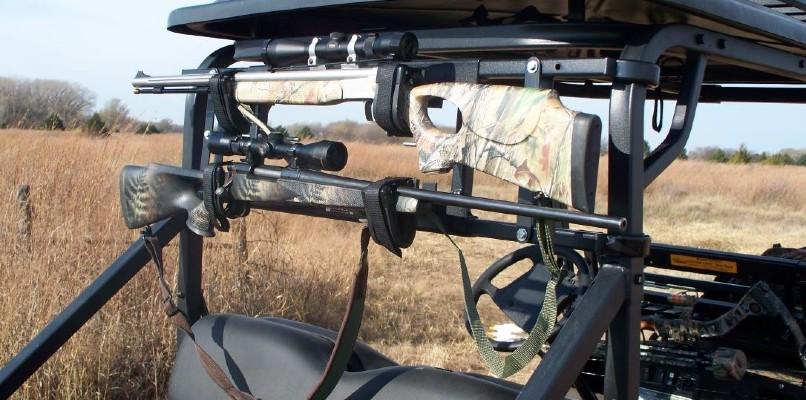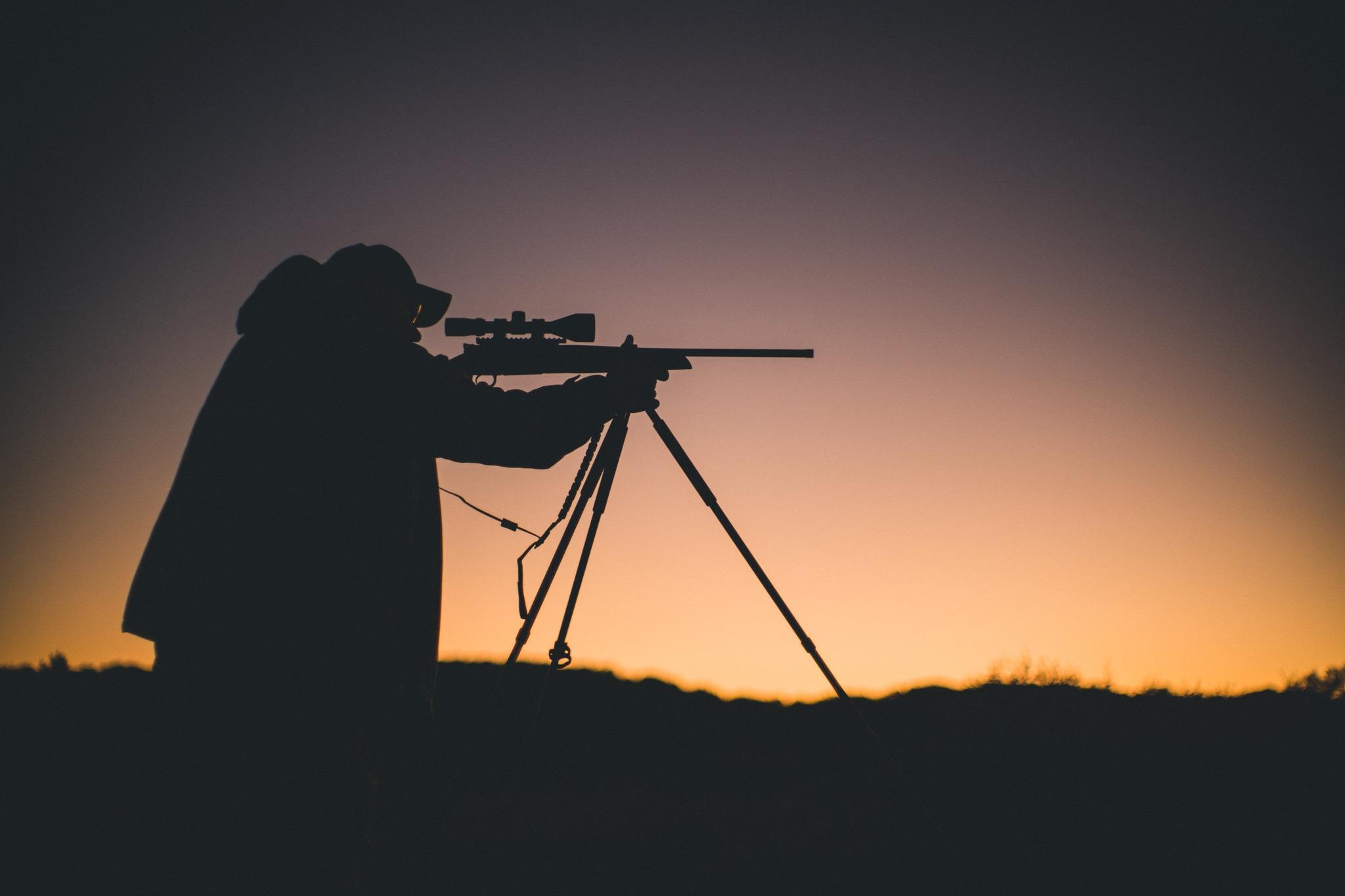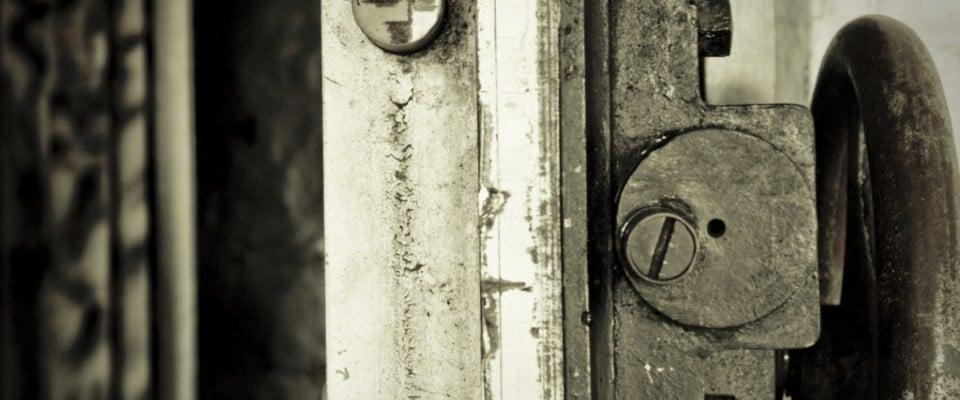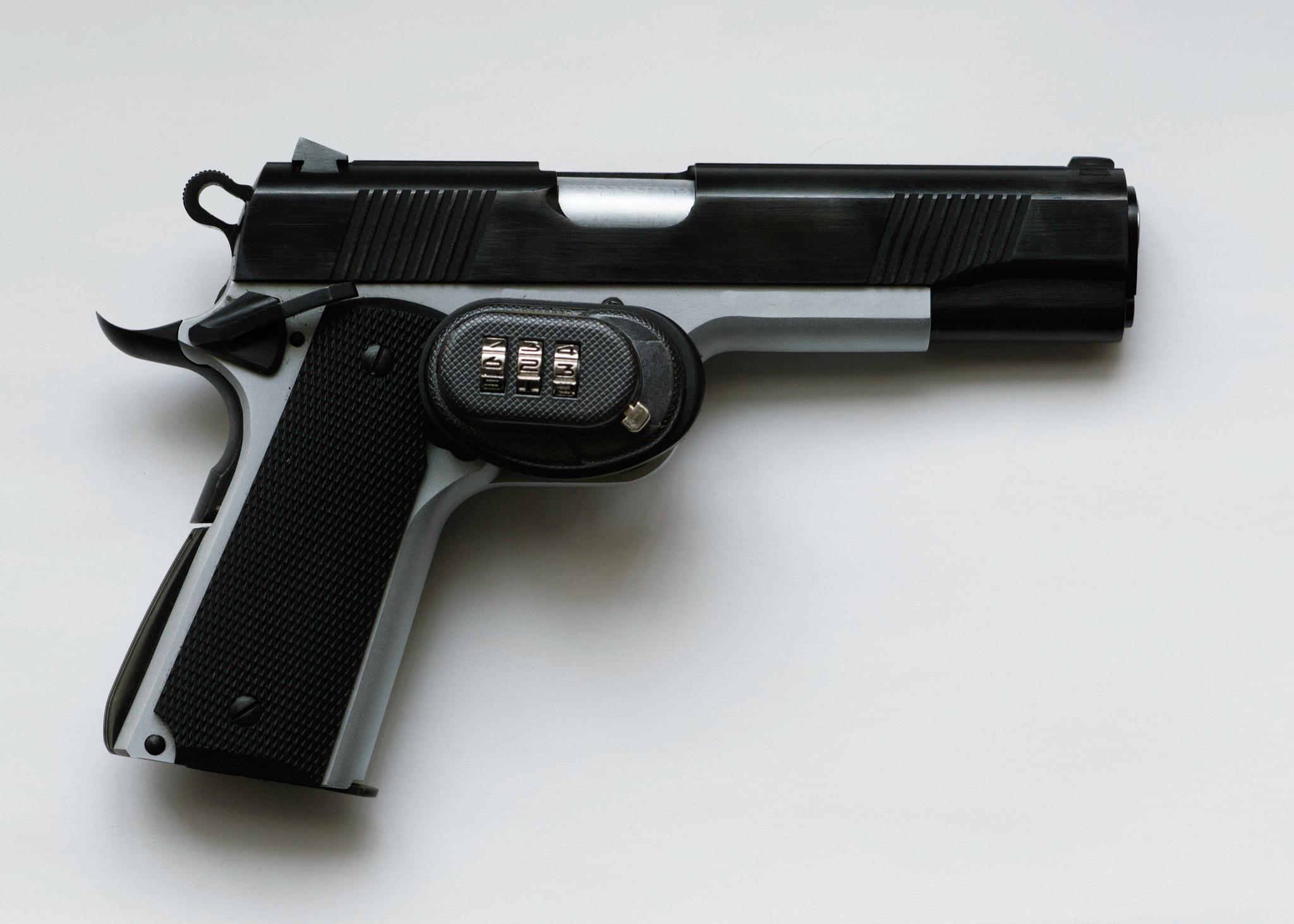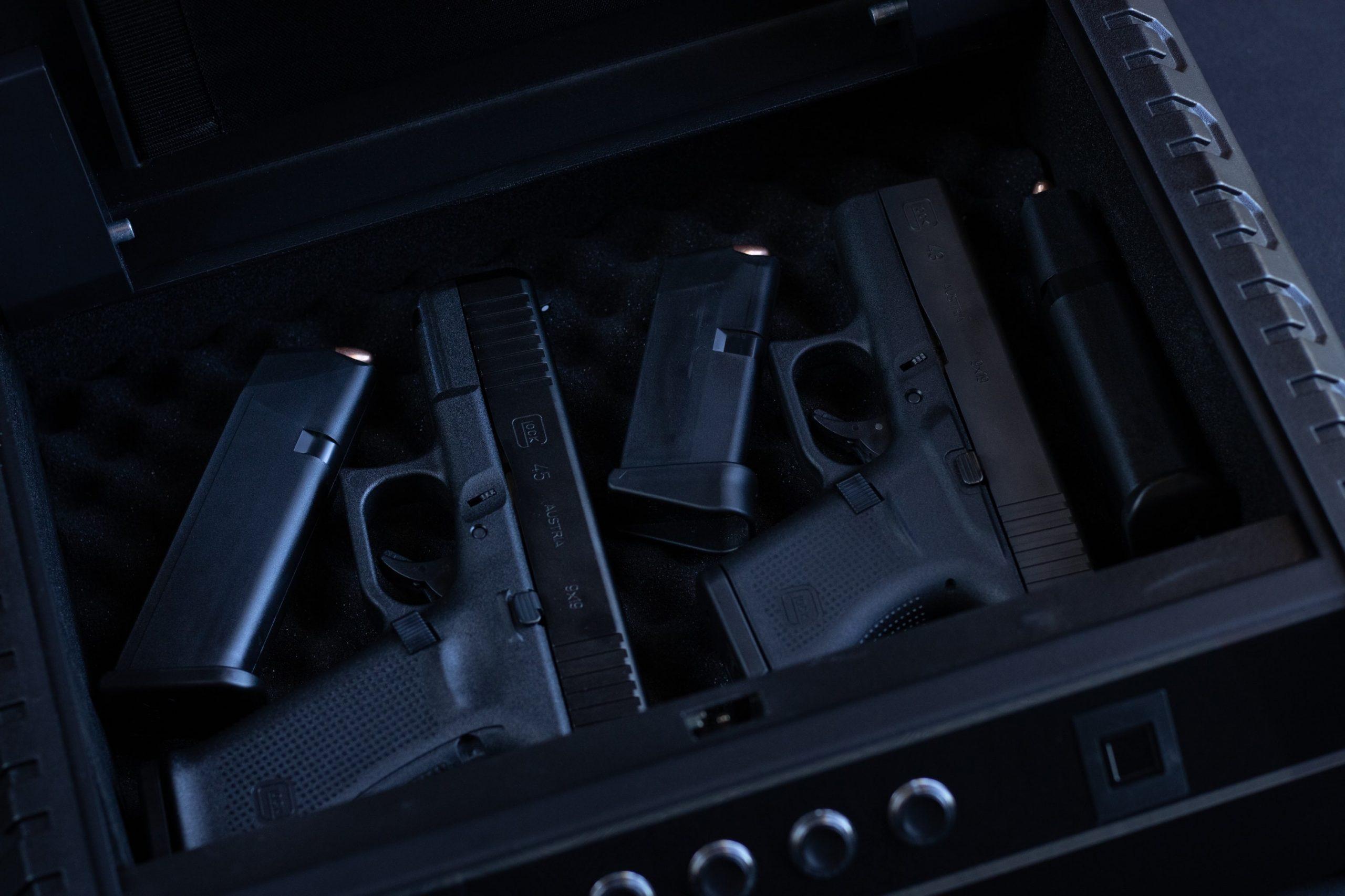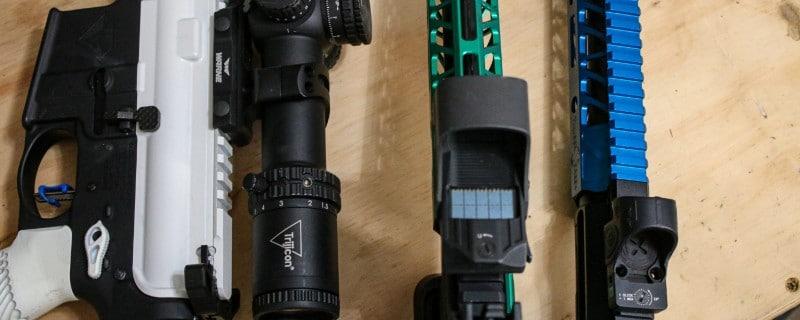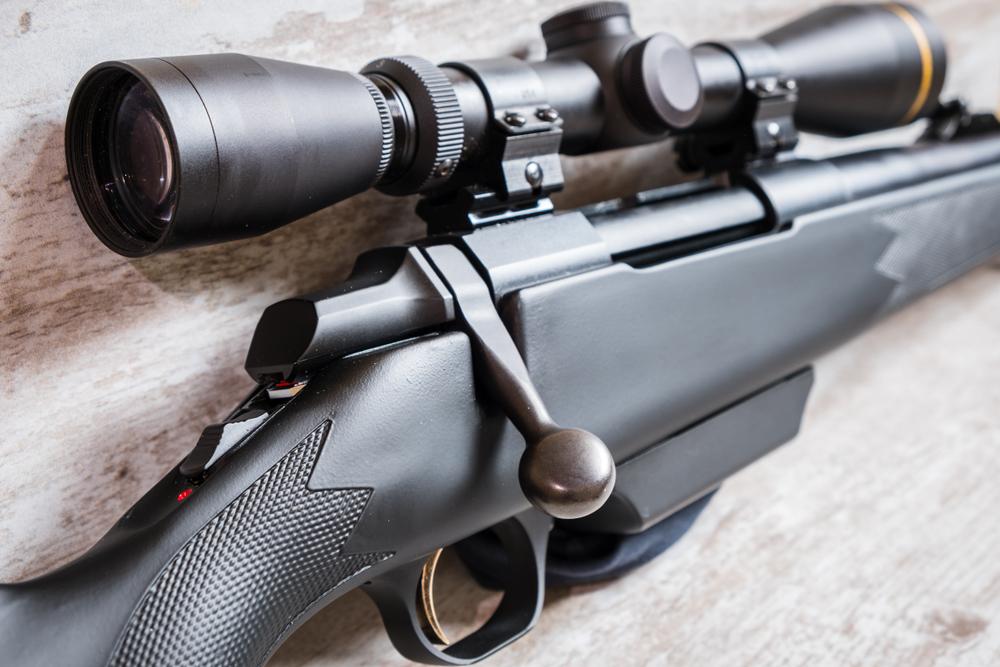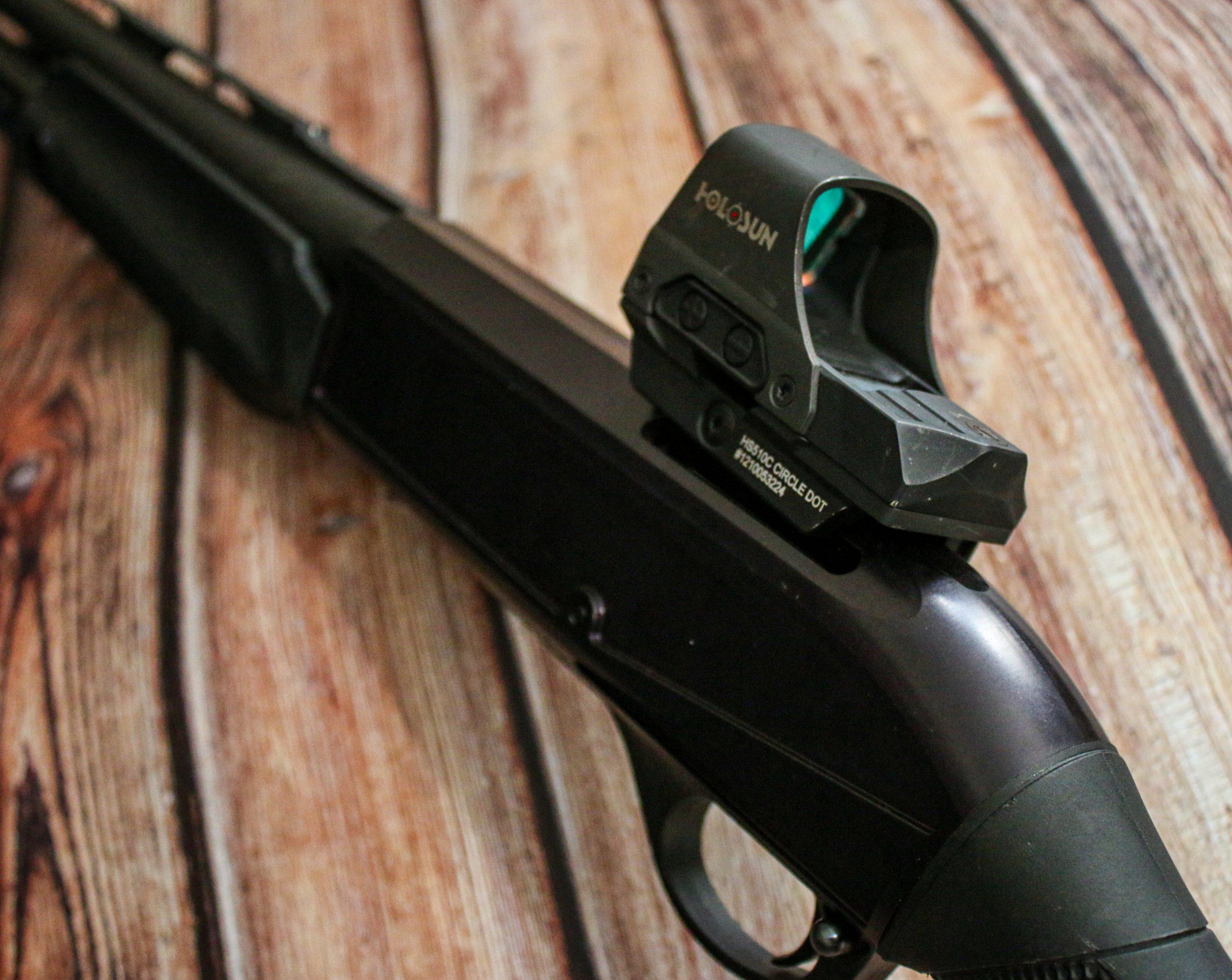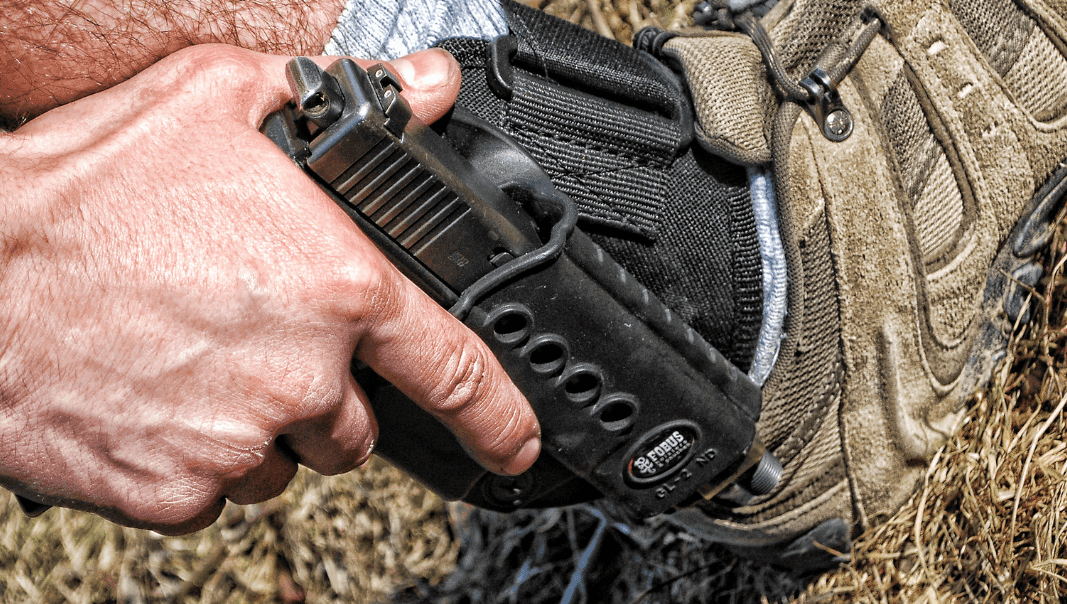Elevate Your AR-15 Build with These Top Lower Receivers
Looking to customize your AR? Get started with the perfect foundation - a quality lower. Learn the basics of AR-15 lowers and find the ideal one for you.
Written By
Kenzie Fitzpatrick
Competitive Shooter
Edited By
Michael Crites
Licensed Concealed Carry Holder
Share:
Products are selected by our editors. We may earn a commission on purchases from a link. How we select gear.
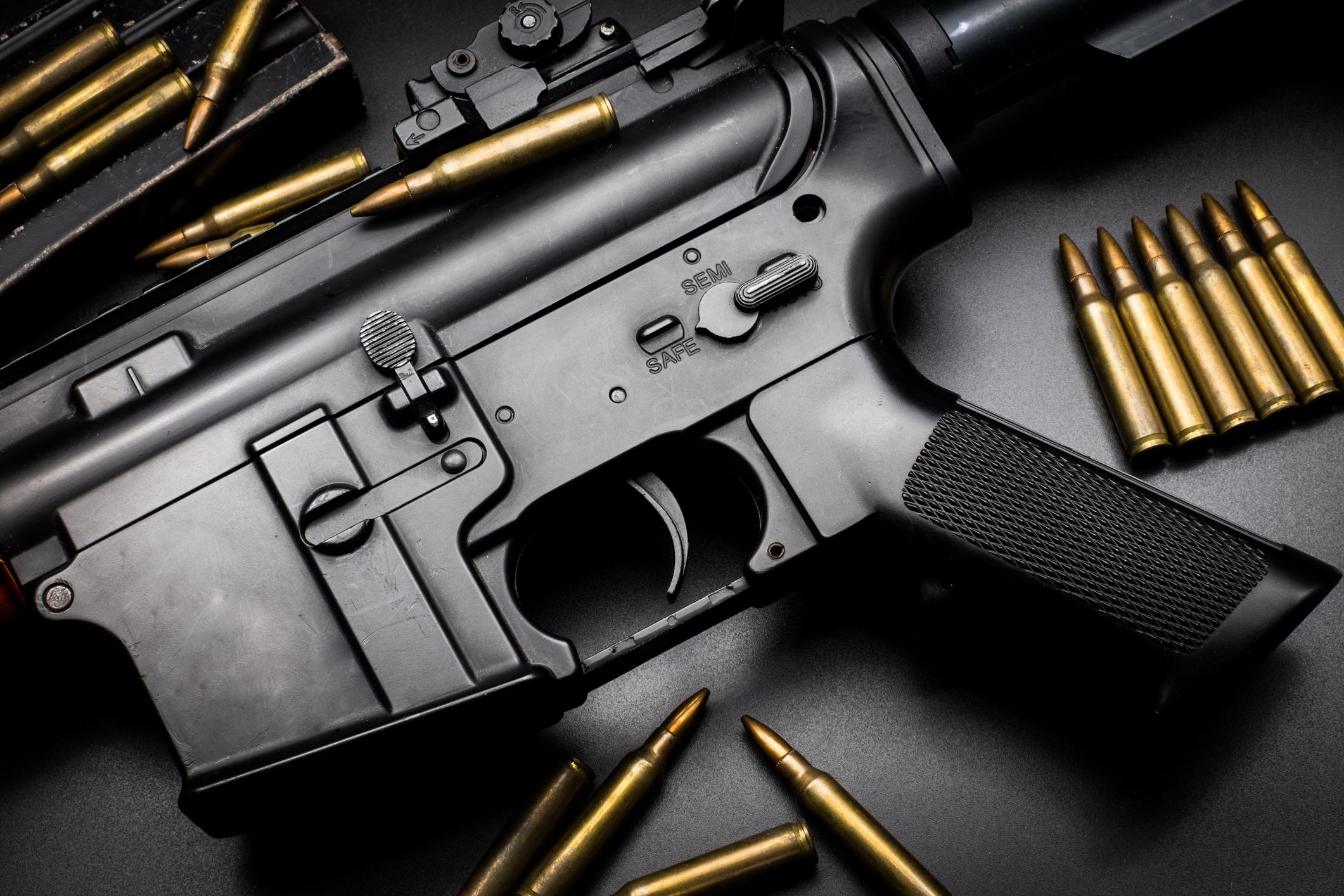
Updated
Nov 2023
In the world of firearms, few designs have captured the imagination and ingenuity of enthusiasts and experts alike as the AR-15. At the heart of this iconic rifle’s enduring appeal lies its lower receiver – a component that has undergone a remarkable evolution, mirroring the technological and cultural shifts in the wider world of firearms over the past 70 odd years.
This article delves into our favorite AR-15 lower receivers, intending to trace the roots from the drawing boards of revolutionary designers to its current status as a symbol of customization and versatility in the civilian firearms market.
In This Article
AR-15 Lower Receiver Comparison
The bedrock of every AR-15 is the lower receiver. These unassuming bits of aluminum form the foundation onto which an AR-15 will be based, and ultimately help it reach its full potential. Of course, some lowers will cost you less than a Ulysses S. Grant, while others will set you back the cost of a budget pistol.
We’re here to help you understand why – and ultimately arm you with the information needed to select the right receiver for any AR build.
Below is my list of the best AR-15 lower receivers. I list the best choices in terms of value, performance, design, and cost.
Click on the name to head to the product page, read reviews and check prices or skip ahead to the list of AR lowers.
| Name | Selection | Price |
|---|---|---|
Best Value | $209 | |
Best Premium Stripped Lower | $185 | |
Best 3-Gun Lower | $99 | |
Premium Complete Lower Pick | $699 | |
Best AR9 Lower | $324 | |
Budget Pick | $47.99 | |
Also Great | $119 | |
Best Billet Lower | $194 | |
Best Skeletonized Option | $250 | |
Best Ambi Lower | $351 | |
Lightest | $249 |
How We Picked
Complete & Stripped
We highlighted both “plug and play” complete lowers and stripped options for those who want to assemble their AR.
7075-T6 Aluminum
No polymer or 6061 aluminum — 7075-T6 is stronger all around and not much more expensive.
Both Billet & Forged
Billet lowers are great but aren’t as wallet-friendly as forged options, so we included both.
Type III Hardcoat
We focused on lowers that offered the hardest, most durable finish regardless of price point.
More on our selection process
The Best AR-15 Lower Receivers
1. Best Value: PSA AR15 EPT Magpul CTR Edition Lower
Specs:
Pros
- Lots of inventory – both new and blem
- Loads of configurations
- Hard to beat price point
Cons
- Non-ambi controls
- Magpul furniture
- So-so trigger
- Basic, mil-spec parts
We could not have Anderson and Aero on here without at least giving a nod to Palmetto State Armory, who have probably sold more standalone aluminum lowers than those two companies combined.
With that being said, we can certainly see how PSA is seen as a “value” or “budget” maker, but that doesn’t mean they produce junk.
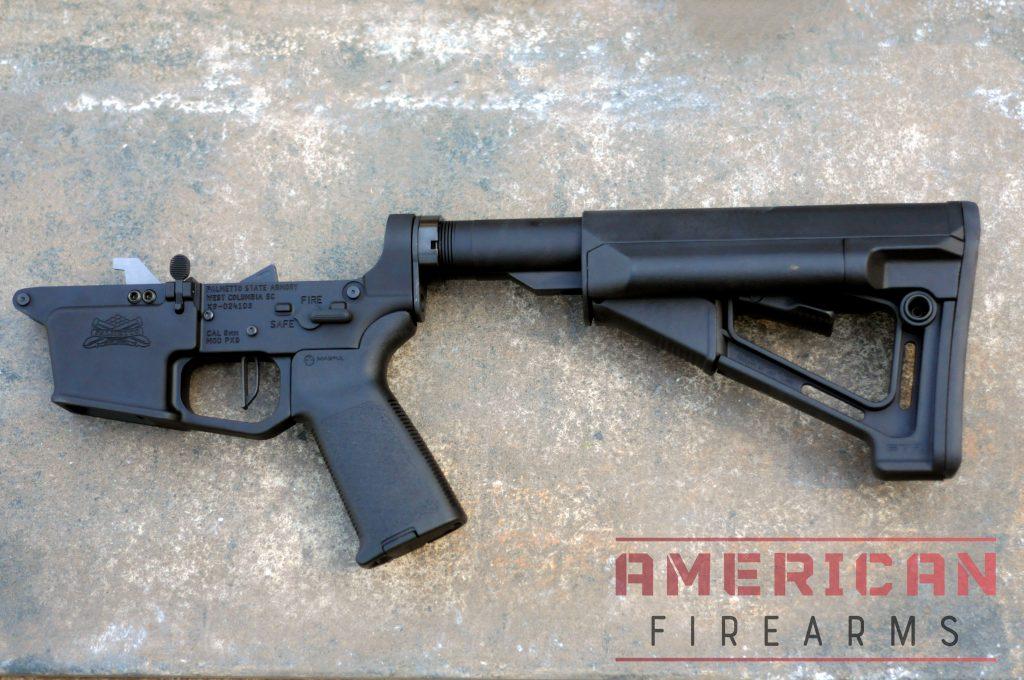
I have run their lowers for years, and for those interested in a general-purpose, introductory, or common-user lower to utilize for a build, Palmetto State Armory will probably have it in stock and ready to ship, generally for less than $300.
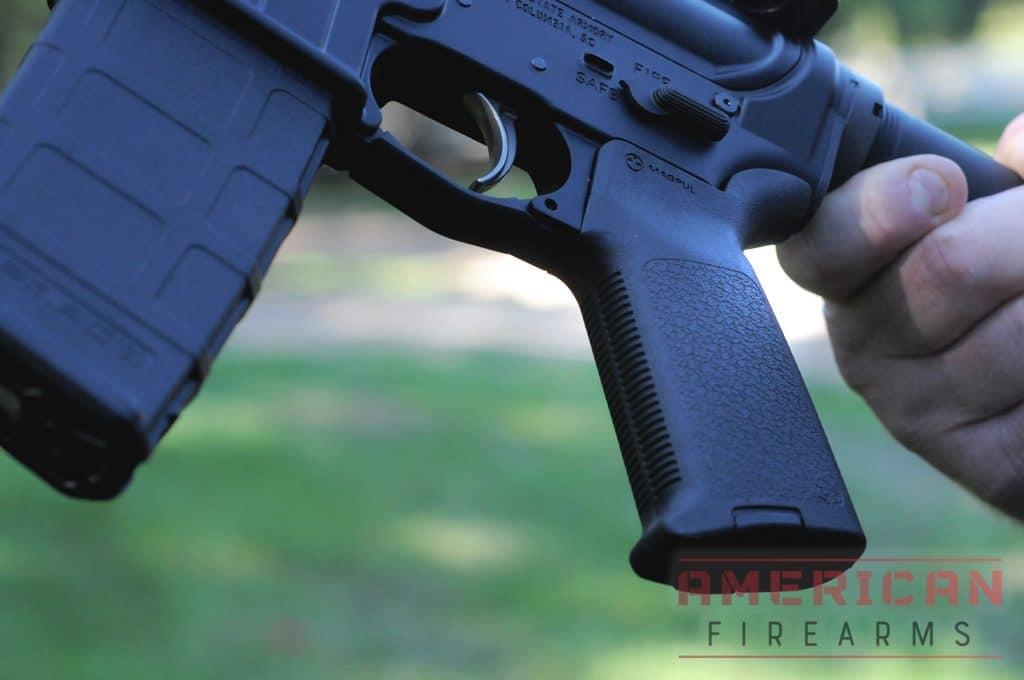
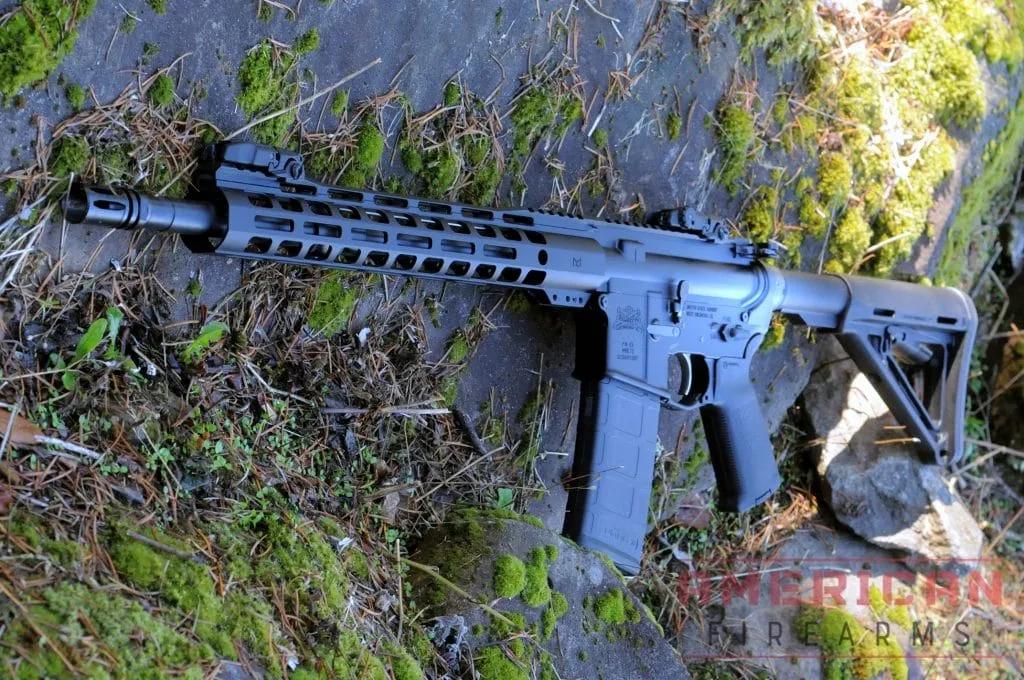
2. Premium Stripped Lower: Noveske AR-15 Lower Receiver
Pros
- Billet machined quality
- Flared magwell
- Type III anodizing
- Superb finish
- Reinforcement behind the trigger guard is a premium touch
Cons
- Hard to get ahold of
- Expensive
Precision machined billet 7075 t6 aluminum lower? Check. Tension screw? Check. Flared magazine for faster reloads with a wide range of mag types? Check. Type III anodizing and an integrated trigger guard? You know that’s a check.
We don’t need to give you any more reasons to look into one of Noveske Rifleworks’ Gen III lowers. They’ve got all the trimmings and them some.
3. Best 3-Gun Lower: DoubleStar USA
Pros
- Made in America
- Designed to be compatible with enhanced trigger guards
- Ready for laser engraving, and DoubleStar can customize it
- Durable
Cons
- Limited retailer availability
I have a complete build from DoubleStar USA, and I use their stripped lower receivers to build my rifles.
The biggest issue with lower receivers is that they can be out of spec and incompatible with upper receivers. When this happens, a lapping tool can be used to true an upper receiver to the lower.
With DoubleStar USA lowers, I have never had any compatibility issues with non-DoubleStar upper receivers — their lowers always have a solid lock-up with whatever upper I pair them with.
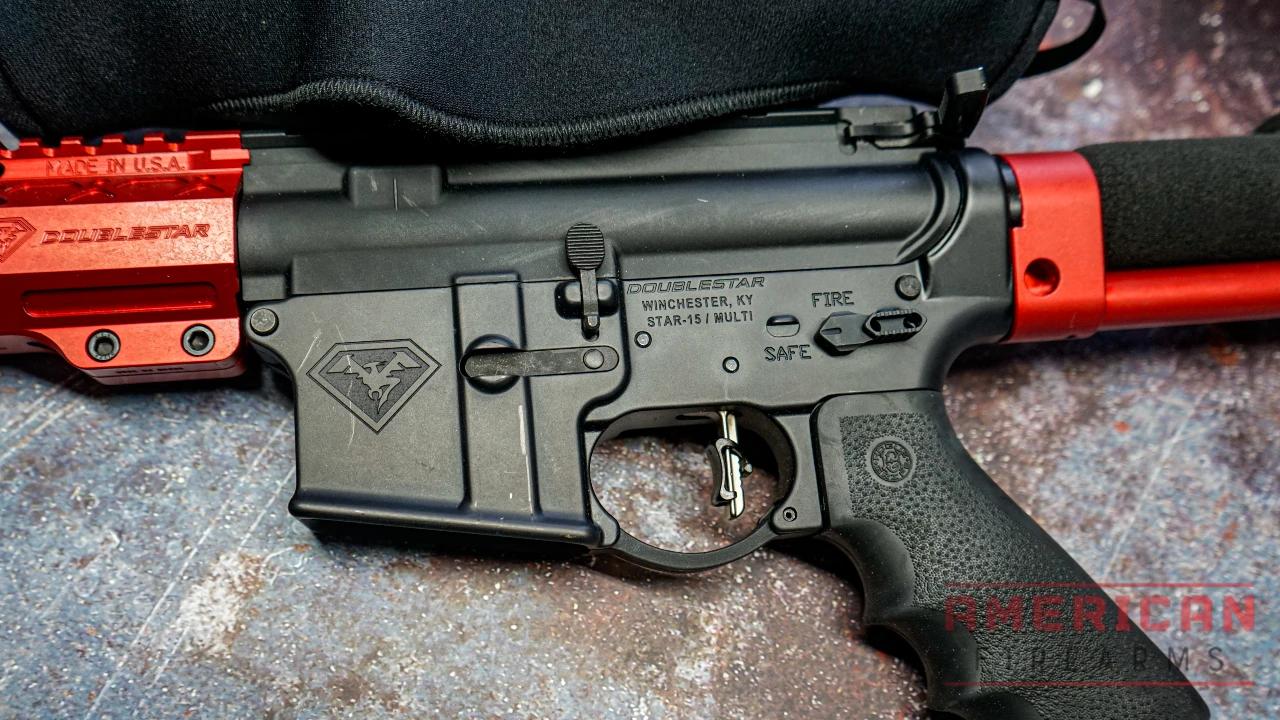
I consider a lower receiver to be the foundation of a rifle build. If anything is out of spec, it will cause issues with accuracy and performance. DoubleStar lower receivers are the only brand I currently use in my 3 Gun competition rifles because I trust them to perform.
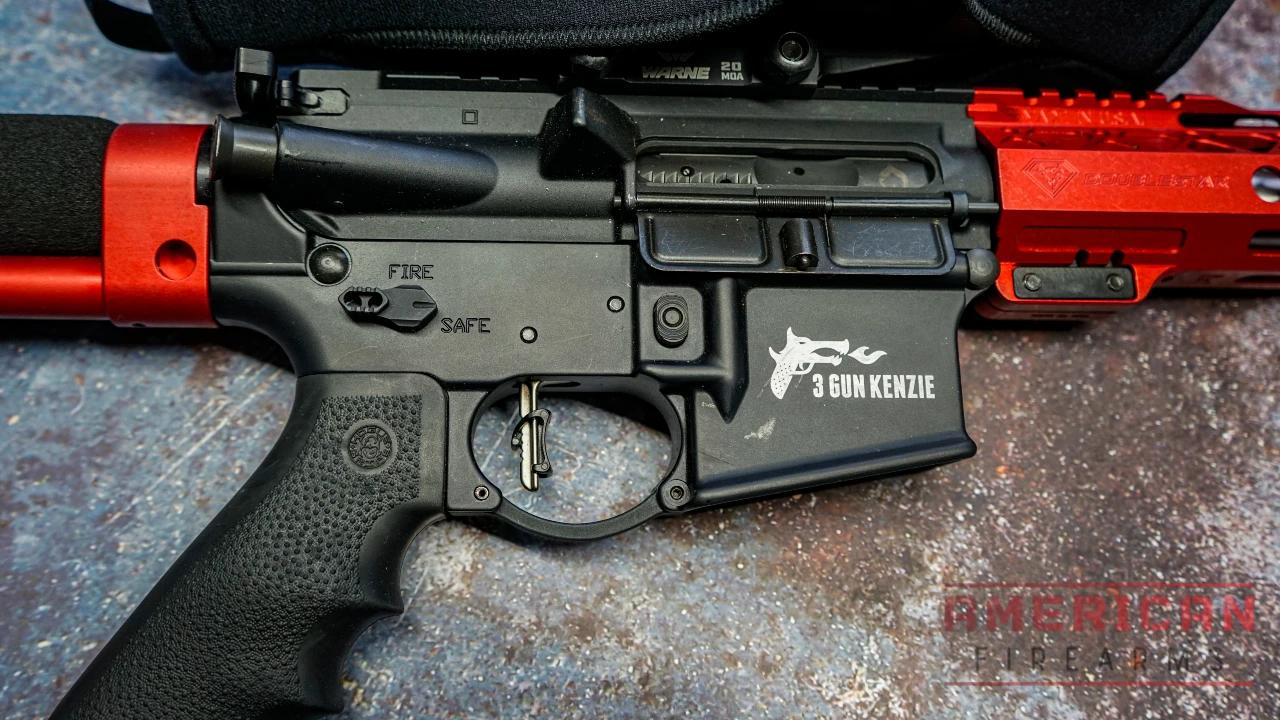
This DoubleStar stripped lower has been thrown into dump barrels, shot in the cold and extreme heat, and covered in rain and mud. It has yet to fail me, so I trust this lower than any other. After all that abuse it still looks and feels practically new, which is a testament to their product, and a clear indication what I turn to DoubleStar USA for my rifle builds.
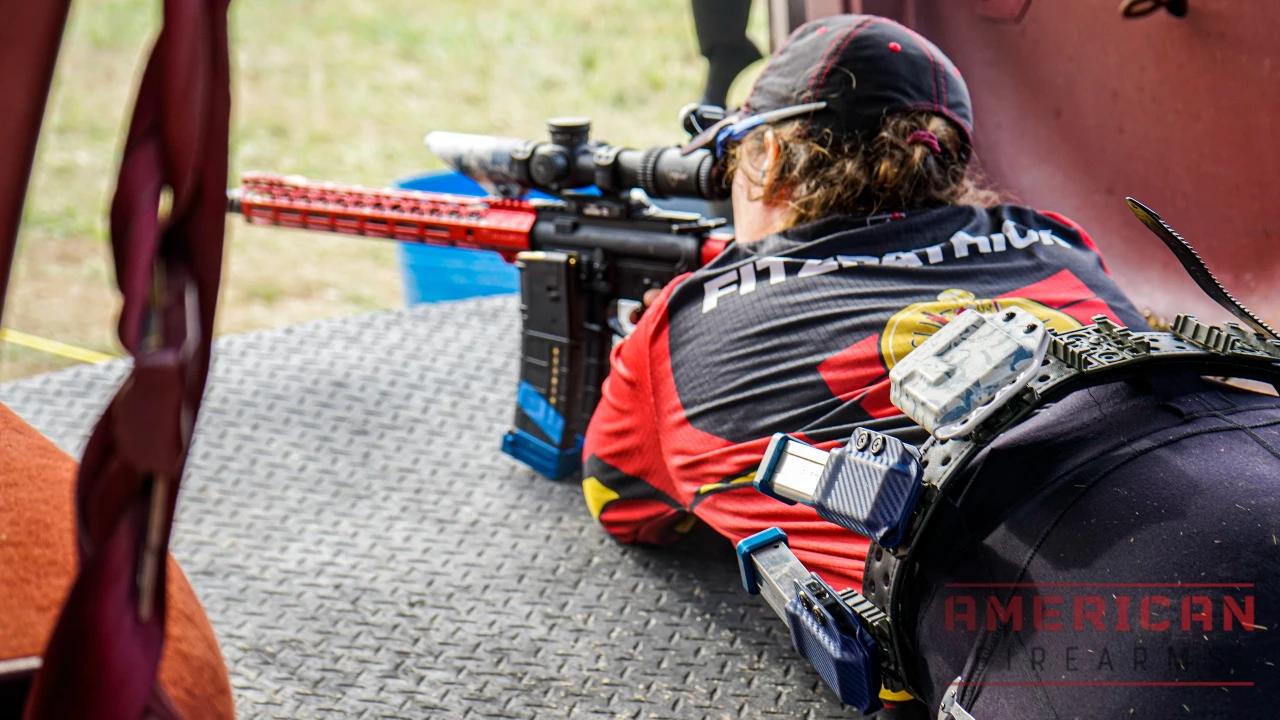
I prefer having the option to add an enhanced trigger guard, which is also why the DoubleStar stripped lower is so valuable. You can customize this lower with the parts you want to run, and it is compatible with all AR-15 lower parts.
4. Best Premium Complete Lower: Battle Arms Development
Specs:
Pros
- Billet machined quality
- Proven performer
- Really nice finish
- Great value
- Premium parts like the stock and trigger
- Pre-installed trigger guard
Cons
- Expensive
- Non-ambi safety
- Pistol grip might not be to everyone’s liking
A functional work of art, BAD makes billet 7075 lowers that are super strong yet lightweight, with the company often claiming the mantle of “best receiver on the market”.
On the downside, you have to pay to play and BAD ambi billet lowers usually run the cost of six or seven forged lowers from Aero or comparable makers. I’ve never run one personally but my experience with other people’s ARs running BAD products tells me you wouldn’t be disappointed.
5. Best AR9 Lower: Aero Precision EPC-9 Lower
Pros
- Integrated enlarged trigger guard to remove any risk of breaking off trigger guard tabs and provide an overall more rugged platform to build on
- Compatible with standard frame GLOCK® magazines
- Flared magazine well for quick and easy reloads
- Threaded bolt catch pin for easy installation
- Threaded takedown pin detent recess to allow for the installation of a detent and spring with a single 4-40 set screw
Cons
- More expensive
- Proprietary components pre-installed from the factory include the magazine release, last round bolt hold open assembly, and ejector. Not necessarily a con, but if you want to change these parts, you will likely need to use a different lower.
- No space for engraving on the lower
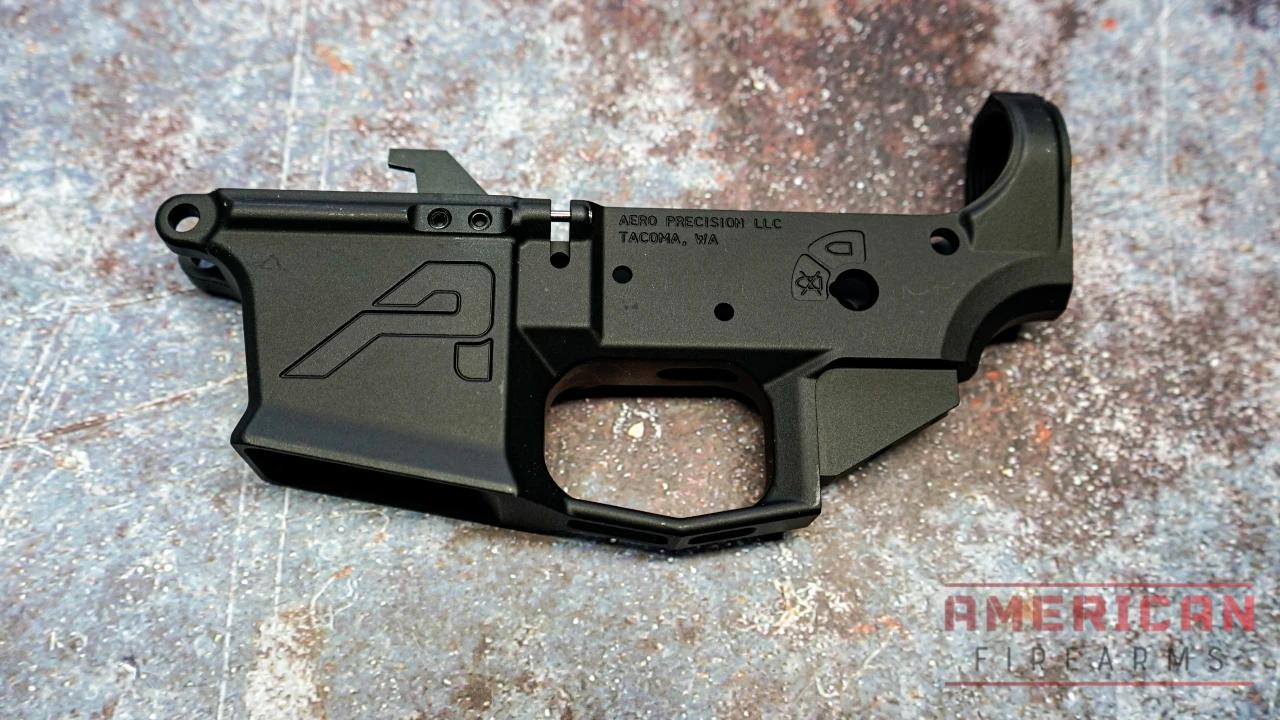
We, along with many others, consider Aero the benchmark maker in the AR lower game. Aero Precision’s complete and stripped lowers are available in a variety of finishes and a great warranty to back up their work– although you will probably never need to use it. I love their EPC-9 lower for any AR9 builds.
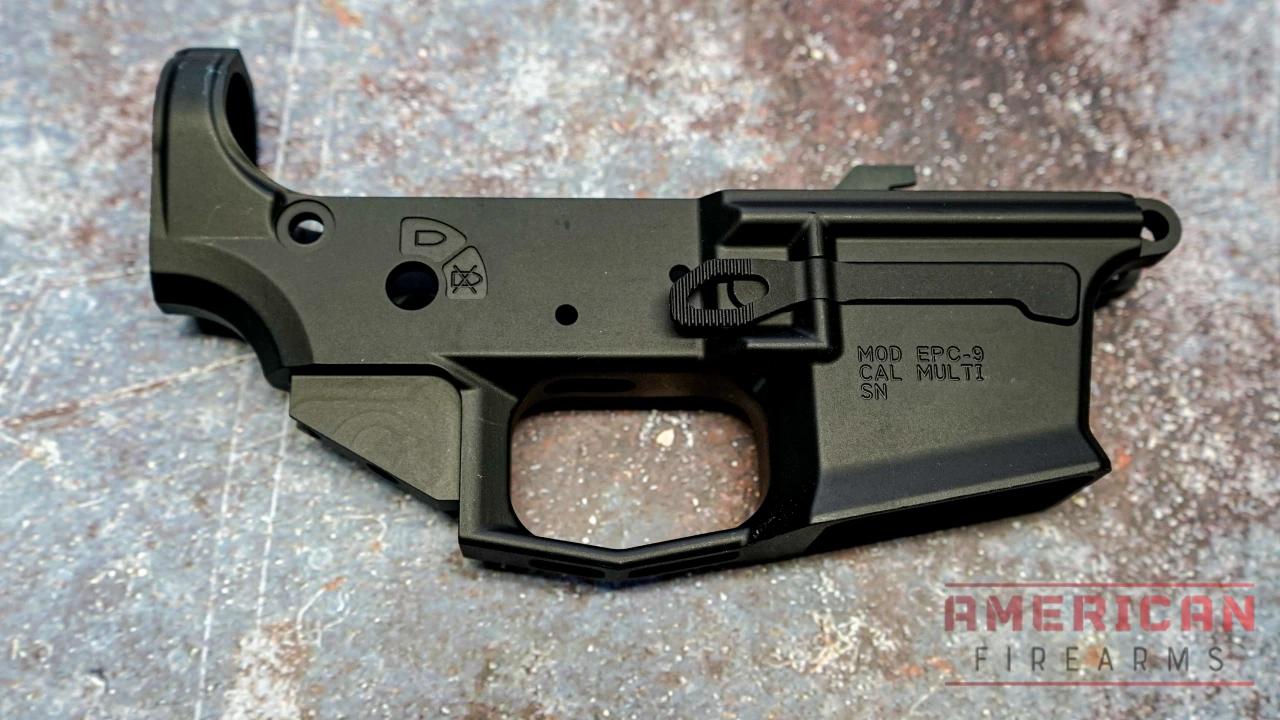
Best yet, they are affordably priced, running typically around $75-$100 for a stripped lower while at the same time maintaining a stellar reputation.
While this lower receiver is for 9mm pistol caliber carbines, Aero Precision’s lower receiver standards are of good quality, with a fair price. They make various kinds of stripped lowers, including ones with built-in trigger guards and those that accept enhanced trigger guards, and they come in different anodized and cerakoted colors.
I have built many PCCs using Aero’s EPC-9 lower receivers, and all have run flawlessly. PCCs can be rough on small parts, and having a good lower ensures a good foundation for a PCC build. I like swapping parts so I can build a rifle that works best for me, so Aero’s inclusion of proprietary components is less than ideal, but Aero’s proprietary magazine release is one of the best on the market.
One of the best features of this lower is instead of roll pins, there is a threaded bolt catch pin and threaded takedown pin detent recess, which makes the installation of parts easier without any marring of the finish of the lower. I wish more companies would move to threaded pins rather than roll pins for this exact reason. The downside to the lower is that both sides are taken up with the “A” and the serial number, so there isn’t space to customize the lower with laser engraving, if that’s your thing.
An Aero Precision lower won’t turn heads, but they don’t get rocks thrown at them either, and for good reason: they work. We broke down the current lineup of Aero Lowers if you need more detail.
6. Budget Pick: Anderson 80% Lowers
Pros
- Made in America
- Machined to military specifications and standards
- Compatible with multiple AR-15 calibers
- Affordable
Cons
- Very common lower
- Seen as a “starter gun”
- Recommended to use an AM-15 upper receiver for compatibility
Ah, the old “Poverty Pony” of Kentucky. Anderson Manufacturing probably sells the most inexpensive yet functional lowers of any other company in the U.S. as their typical price point runs about $50 on a stripped lower, often less if you can catch a deal outside of a threatened gun ban or election cycle.
If you’re on a budget and are not relying on your rifle to save your life or perform in competition, this lower is a value option. Anderson Manufacturing suggests matching its lower receiver with one of its upper receivers for ultimate compatibility. If not, you might need to use a lapping tool for your lower to fit the upper you plan to use.
Beyond the value price point, Anderson Manufacturing offers lowers customized with various laser engraving designs, so you can often find a lower that helps you express yourself.
This lower is outfitted with an open trigger guard so you can install an enlarged or enhanced trigger guard. A budget lower is a great idea for your first DIY rifle build. A low-priced training lower means if you accidentally mar the finish it’s not going to break your heart (or your wallet). Anderson Manufacturing makes their receivers in the USA in Kentucky, so you buy from an American-made company.
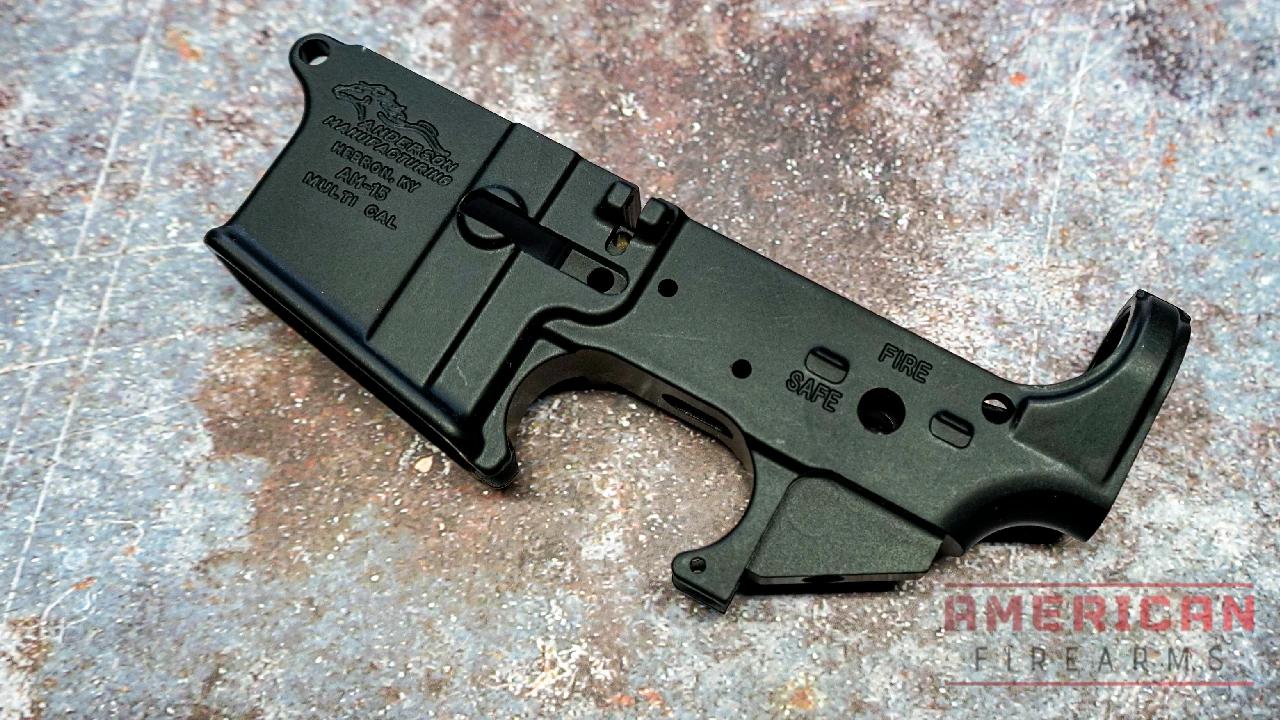
I’ve never had an issue with Anderson Manufacturing 80% lower receivers or complete Anderson lowers and I can’t see why you would either. Many guys swear by them, especially for budget builds, when you’re hunting for the cheapest lower receiver available.
With prices like that for a 7075 lower (usually) inside Mil-Spec, it is hard to go wrong, and they offer a stellar reason to stay away from 6061 t6 aluminum and polymers. A more standard AR-15 lower is hard to find.
7. Also Great: Black Fire Forge 917 Stripped Lower Receiver
Pros
- Durable
- M16 trigger pocket (still perfectly legal as the 3rd hole required for installation of second-sear is absent)
- Safe, Semi, and Auto bullet markings
- Clean and sterile appearance for custom laser engraving or coating
Cons
- Hard to find outside of the manufacturer site
Black Fire Forge, founded by a military Veteran and avid 3 Gunner, is a newer brand that deserves more recognition. He expects superior performance from his firearms and has built a stripped lower to serve that goal of perfection.
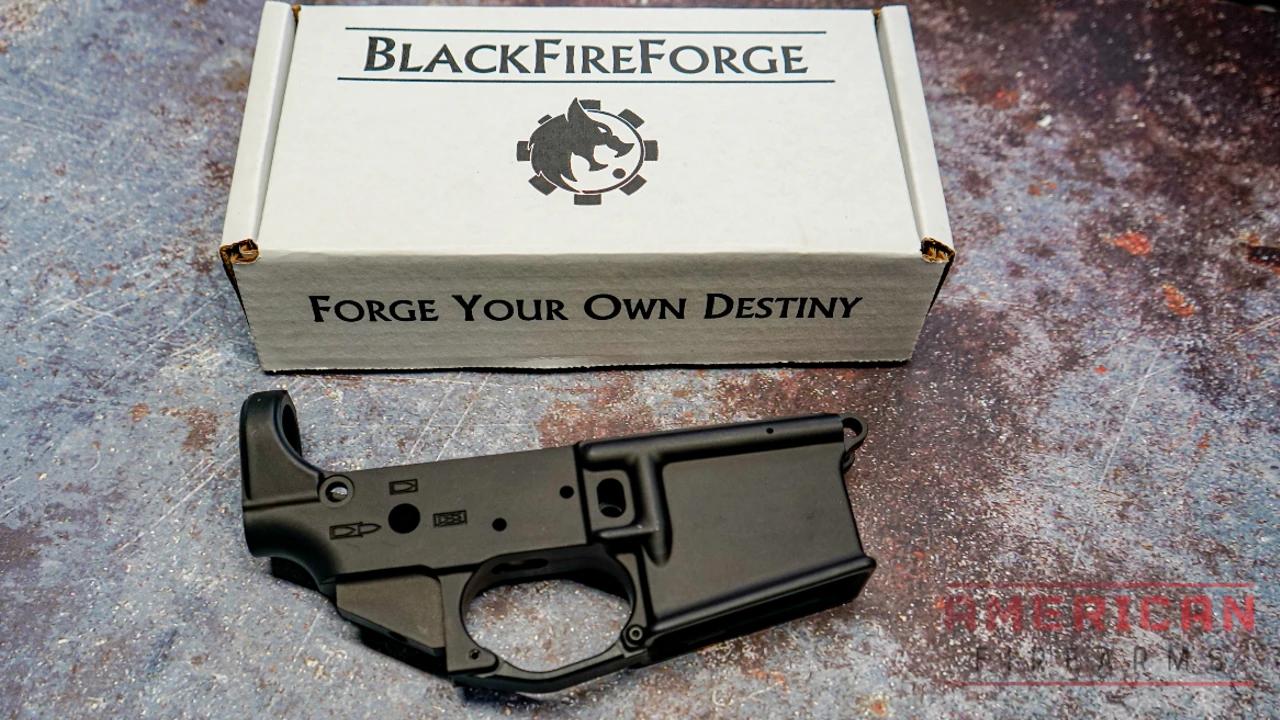
For military or LEO personnel, the stripped lower includes the M16 trigger pocket and features an auto bullet marking, provided you have the legal clearance to build full-auto guns
The lower is designed to accept enhanced trigger guards, so if you shoot with gloves on, need more room to add a trigger shoe, or just prefer the enlarged look, this lower is what you’re looking for.
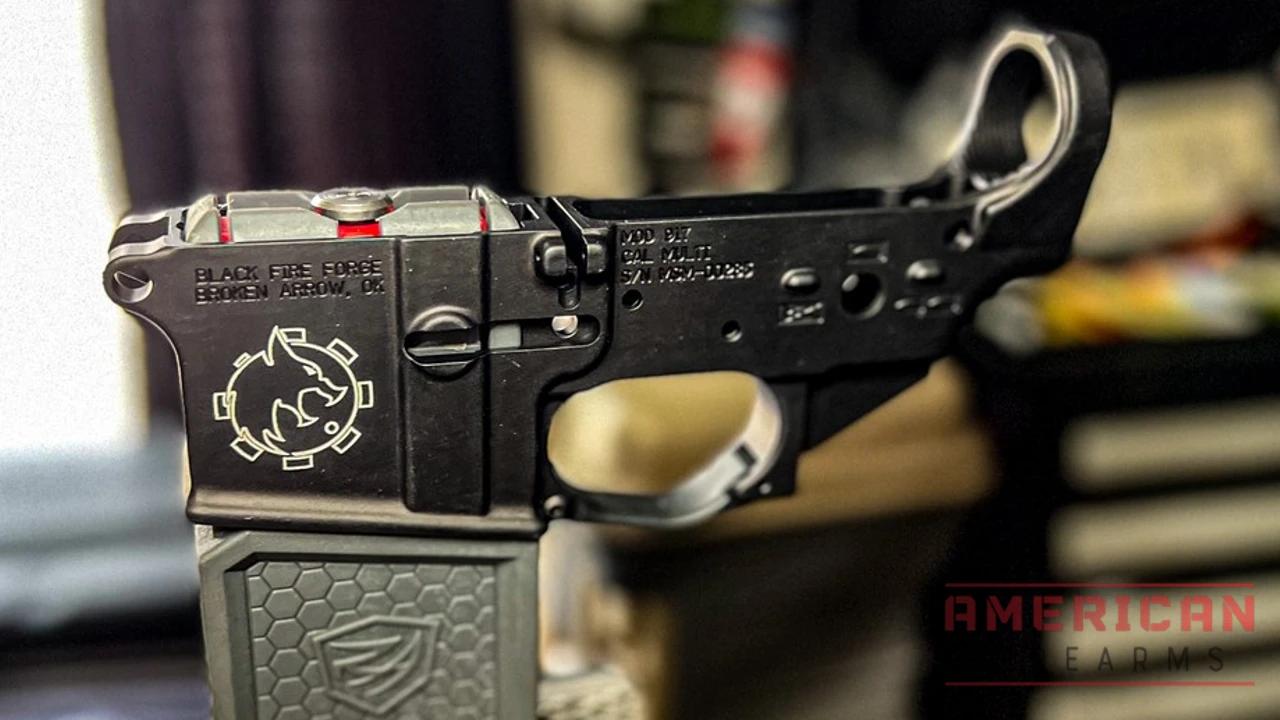
I use this lower in a folding truck gun I trust for my personal protection and safety. These lowers have a hard coat anodized finish and are made to take a beating without sacrificing performance. It is compatible with all AR-15 lower components, so you can build the exact gun you want. It is also backed by Black Fire Forge’s lifetime warranty, not that you need it, but it is there in case of any issues.
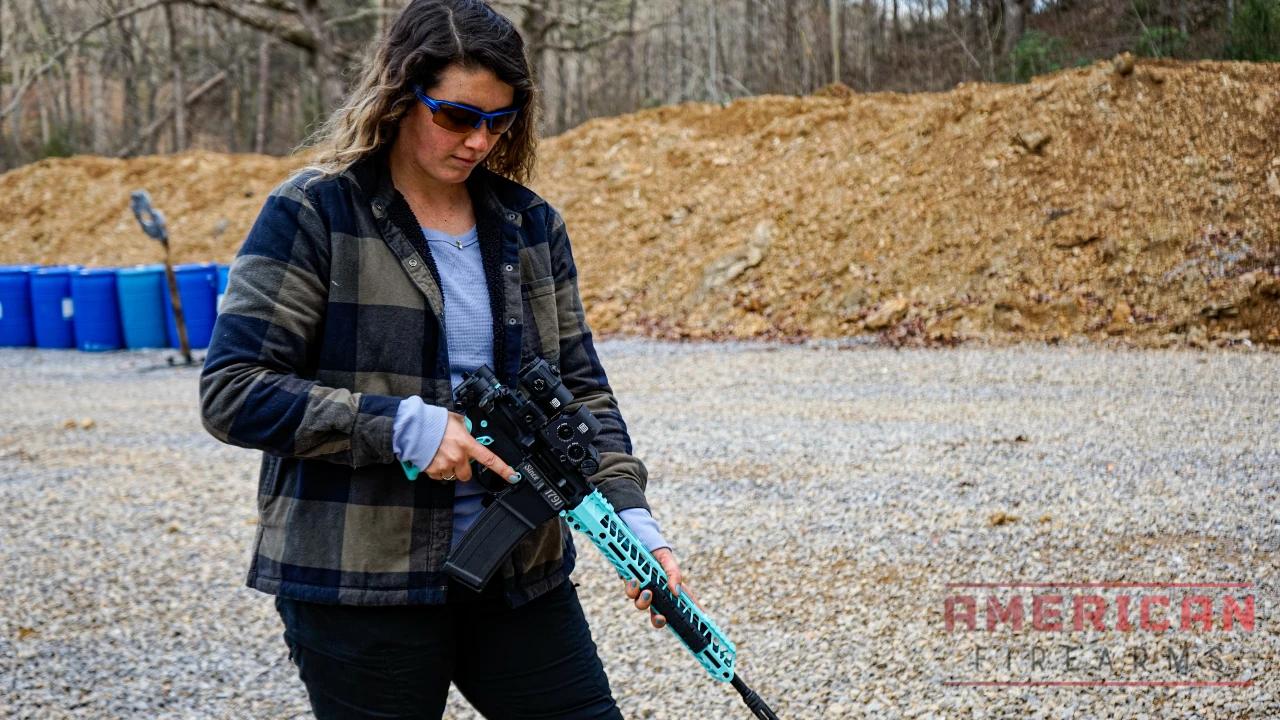
The price is in the sweet spot for quality without a significant price increase.
8. Best Billet Lower: Black Rain Ordinance Billet Lower Receiver
Pros
- Durable
- Solid anodizing
- Integrated trigger guard
Cons
- Heavy
- Availability can be limited
Black Rain Ordinance is best known for its rifle offerings, but they also make both complete and stripped lowers.
Their forged black anodized SPEC15 series is the flagship for the latter type and is ready to drop in a lower parts kit to put it into service.
9. Best Skeletonized Option: F-1 Firearms Skeletonized AR Lower
Pros
- Superior quality
- Incredibly light weight
- Get ready for all the Cool Points
Cons
- Expensive
- Long wait times for delivery
- Terrible website
If Anderson and Aero are mid-shelf lower manufacturers, we’d put Texas-based F1 Firearms at the other end of the spectrum — squarely on the top shelf. If you are OK with a wait time for fulfilment and have the room on your credit card, though, picking up one of their UDR series billet lowers will set you on the path to having an AR that others will envy.
Skeletonized and made to strict laser-verified tolerances, do not let the light weight fool you, these lowers are intended for a premium rifle.
10. Best Ambi Lower: Radian ADAC Lower Receiver
Pros
- Superior quality
- Incredibly polished
- Ambi controls
Cons
- Very Expensive
We think Radian Weapons Systems has one of the best fully-ambi lowers on the market in their AX556 series lower.
A billet 7075 design, it incorporates a left/right-side magazine release paddle along with an extended dual-action bolt catch that allows right-handed operators the ability to lock the bolt to the rear without taking their strong hand off fire control.
Plus, if you ask me, they just look great.
11. Lightest: Seekins Precision SP223 AR Lower
Pros
- Very light
- Sleek design
- Ambi controls
- Billet 7075
Cons
- Very Expensive
- Style may not be everyone’s cuppa
One of the easiest lower receivers to work with and hitting the scales at 10.9-ounces, the SP223 lower by Seekins Precision deletes traditional roll pins for custom screw-in dowel pins, allowing the user to leave their punch set in the toolbox more. As much as I love swinging a hammer, nobody loves scarring their lower receiver.
Made from 7075 billet aluminum, the SP223 is stripped but comes with Seekins’ enhanced bolt catch and ambi release.
Why an AR-15 Lower Receiver?
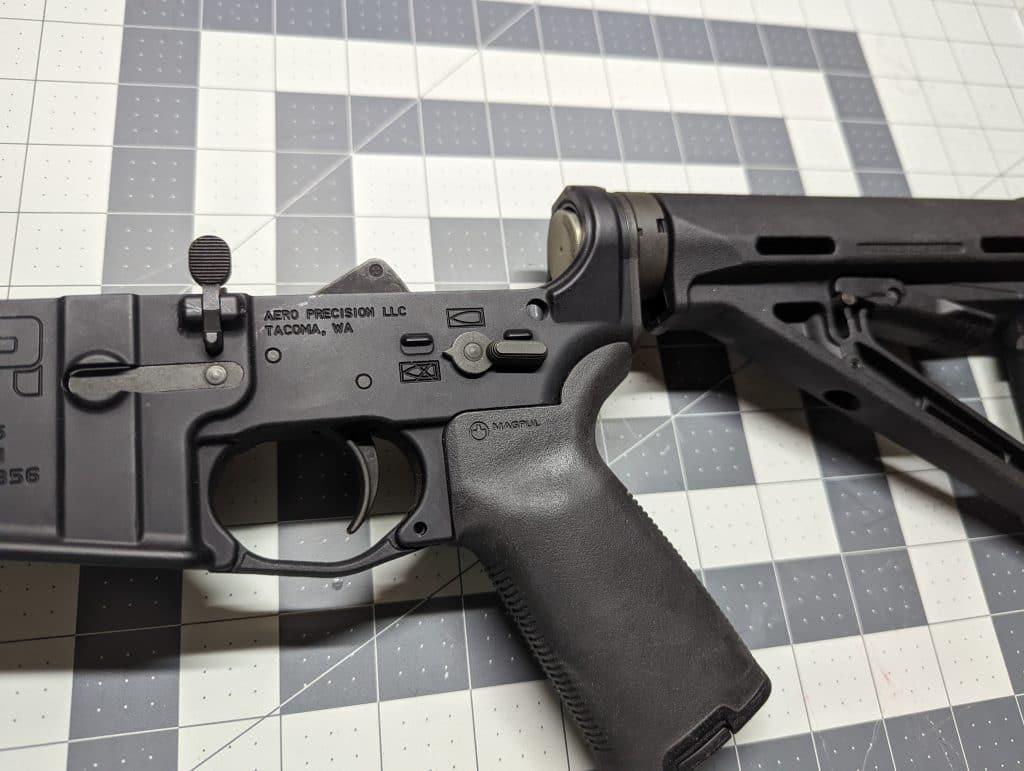
People generally buy AR-15 lower receivers for one of two reasons.
- Building a new rifle. The first reason is to build a new rifle from scratch. While some people are intimidated by this, even a first-time gun owner can put together an AR-15 starting from a bare lower. These days, there are a ton of awesome tutorials online that make it more than possible to do it yourself with some basic tools, some time, and a little patience. This gives you the opportunity to build a rifle that is exactly as you want it and gives you the pride in having built something yourself.
- Adding Features. Second, if you have an extremely specific build in mind, one of the only ways to achieve that might be to start from the lower and build the rifle yourself. For example, if there’s a specific feature set that you want, like an ambidextrous safety, one of the ways to achieve that is to get a lower receiver that allows for it and populate it with parts that will let the rifle work better for you. Some people also want to go for a particular aesthetic, for instance, the differences in reinforcements, fences, and forward assists, to make a gun that looks like it’s from a specific historical period.
What You Want In An AR Lower
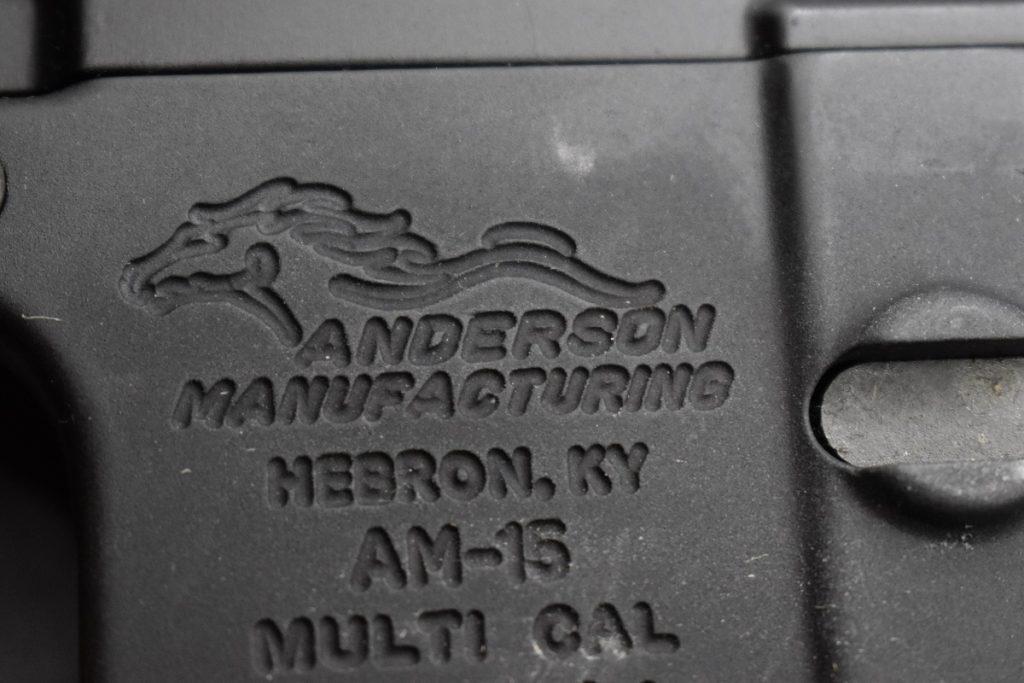
Once just a niche “plastic” sporting rifle for Colt fans, the AR-15 platform, over the course of the past 60 years, has evolved to the point where it is truly one of the most versatile firearms ever designed. They can be rifle, pistol or shotgun.
Disregarding wildcat rounds, they can be chambered in more than 50 calibers ranging from the rimfire .17 HMR to the bruising .50 Beowulf. Modern rail systems, running from beefed-up Picatinny/Quad and stripped-down VLTOR Key-Mod to Magpul M-LOK, allow virtually any accessory to be fitted to enhance the user’s performance.
When it comes to furniture, there are folding stock kits, collapsible M4-style kits, an ocean of stabilizing braces for pistols, and even fixed wood options.
And it all starts with a lower.
When it comes to the law, the lower receiver is where all the action is. Prior to 1968 there was no federal requirement for any kind of serial number on a firearm, but all changed when Congress passed the Gun Control Act.
In addition to the serial number, lowers are required to have the manufacturer’s name — and are the only components on the AR that require a background check and must be shipped to your local FFL (even stripped lower receivers, which are considered a firearm even though they’re non-functional.)
1. Bulletproof Construction
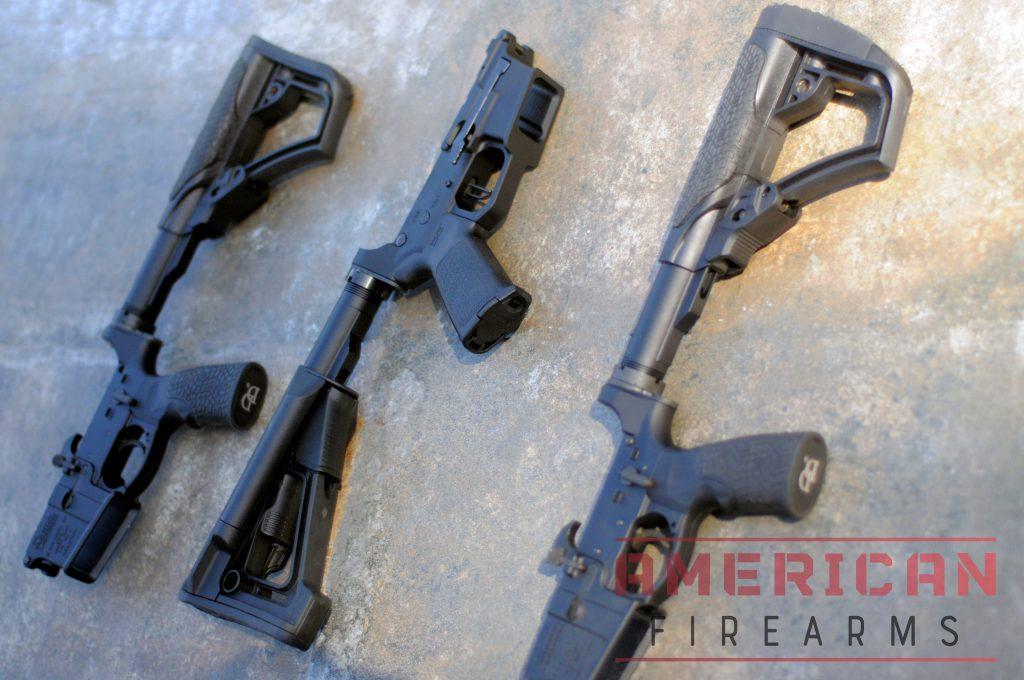
First off, construction is key. The two-part receiver design of Eugene Stoner, first pioneered on his ArmaLite AR-10 back in the 1950s, incorporated the use of early lightweight aircraft-grade aluminum as ArmaLite was a subsidiary of California-based Fairchild Aviation and benefited directly from their manufacturing process.
Since then, while Fairchild has long since been delivered to the dustbin of history, aluminum has remained the standard for both AR lower and uppers receivers.
Aluminum Grades
Aluminum allows typically come in two grades, 6061-T651 and 7075-T651, with the latter being preferred as it is nearly twice as strong when it comes to tensile and yield strength as well as 80,000+ psi shear strength — for very little difference in weight.
The primary benefit of 6061 is that receivers constructed of such material are more corrosion resistant than 7075 while running slightly cheaper– but only slightly. While there’s an opportunity to save money, it’s generally not worth the reduction in durability. We have a deep dive into aluminum and lowers if interested.
A polymer lower is an option, somewhat
Speaking of cheaper, polymer lowers can cost even less and often hit the scales at even lighter weight than aluminum offerings. They aren’t exactly new to the market, with pre-Remington Bushmaster, Plum Crazy, and CavArms producing them going back to the 1980s.
Despite the cost difference, they do have a reputation for being a bit more fragile, especially when it comes to breaking the rear buffer tube threads and developing cracks at the pivot points. Polymer makes for a less durable lower receiver at the end of the day.
While current polymer lower makers such as New Frontier Armory have redesigned pivot and takedown pin areas in addition to a beefed-up polymer recipe to fortify the failure points on past designs sold by other companies, in the end, the choice to run metal or plastic is up to the user.
2. Billet vs. Forged Aluminum
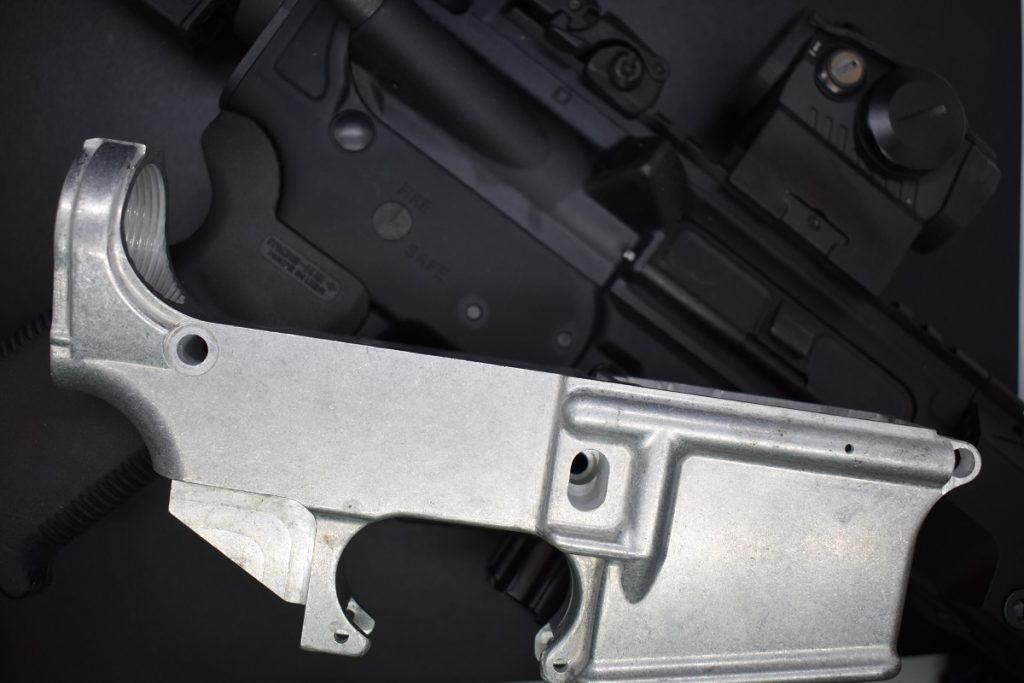
Aluminum lowers, going past the 6061/7076 material argument, also come in either billet or forged varieties. The short story on a forged lower receiver is that it’s produced by compressing/hammering a heated platter of aluminum alloy together and then machining the resulting stamping out into a working lower.
Meanwhile, in the case of billet lower receivers, they’re constructed by milling one out of a single piece of an aluminum block.
While the forged 7075 t6 aluminum receiver is easier to machine, requiring fewer manufacturing processes to finish and thus making it cheaper to make, billet aluminum lower receivers — as they are born from a solid block of metal — have a reputation of being stronger and can be made more exotic, traits especially desirable in a high-end AR build.
However, on the downside, billet receivers sometimes need more hand fitting of parts as there is not a “MIL-STD” when it comes to billet lowers. This is generally a non-issue with a forged receiver.
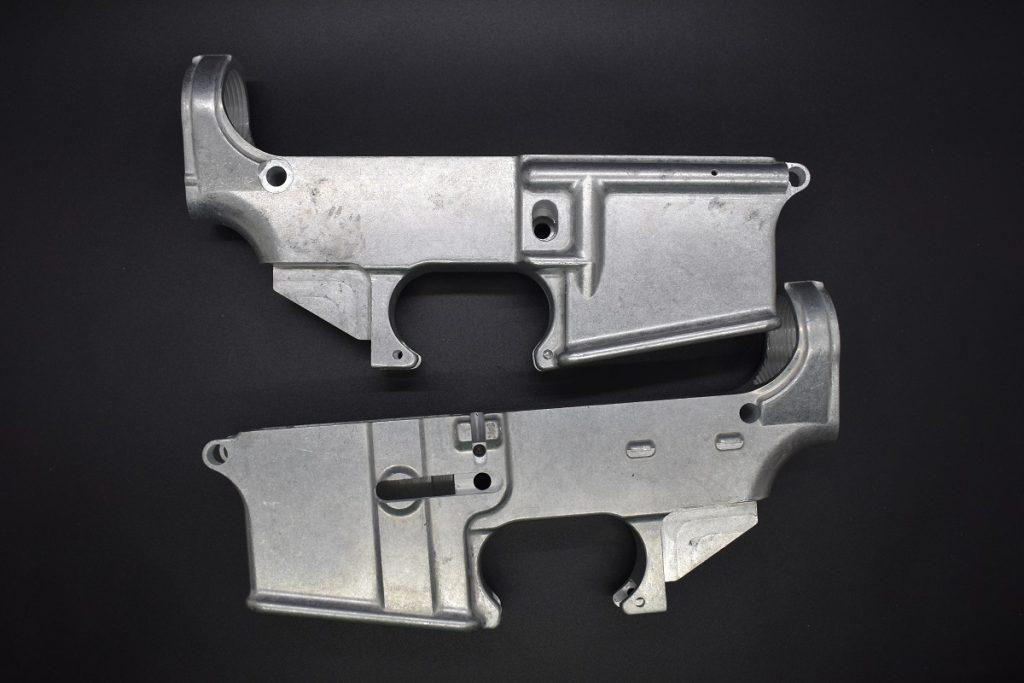
What about cast lower receivers?
Then there are cast lower receivers, with molten metal poured into a mold, with the result being a product that generally has a less than stellar reputation as it is on the soft side metallurgically speaking due to the loose crystalline structure that is formed when that once hot aluminum cools.
There are instances of homebuilders casting their own lowers from recycled pop cans, which is an interesting DIY project, but in general, cast lowers are best avoided.
3. Fit With Your Intended Use
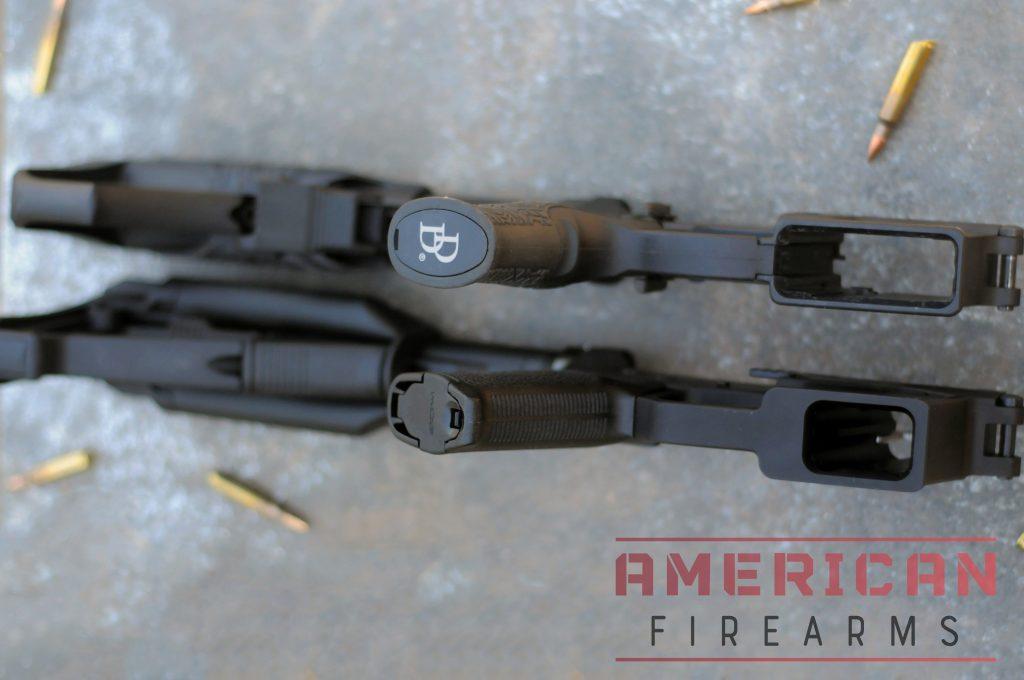
One of the major selling points of the AR platform is its versatility, allowing users to build a gun from the receiver-up with a specific purpose in mind.
Home Defense
For instance, the gun could end up being a .300 Blackout pistol with a 10-inch barrel optimized for home defense with a backup purpose of hog hunting in thick brush.
This could point to using a factory fresh AR lower, preferably aluminum in construction, that has never been part of a firearm before, to keep square with the ATF’s “pistol” classification.
Lightweight Plinking
In another example, someone intending to build a “plinker” rifle to mate with a dedicated .22LR rimfire upper receiver but isn’t looking to drop a lot of coin could elect to use a polymer lower to create a gun that will likely run (well) south of 6-pounds while not breaking the bank.
Long-Distance Builds
A third example would be of someone seeking to build a .224 Valkyrie precision rifle. Using a .224V AR upper receiver with a 20-inch 416R stainless barrel and a 6.8 SPC mag, a good mil-spec 7075 lower could work, but the builder would be better off taking a step up to a nice billet lower with a built-in tensioner screw to help reduce upper/lower wobble and yield a tighter fitment.
4. A Dialed-In Finish
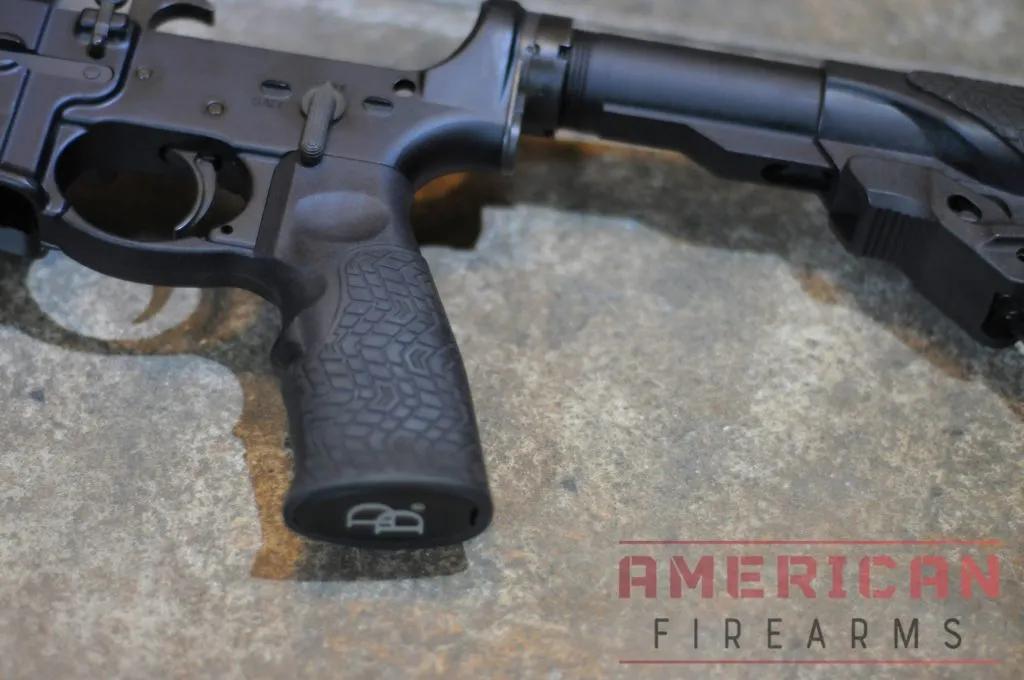
When looking for a new lower, the finish is one aspect I consider. While some people don’t care about this too much, I strongly prefer to match upper receivers with a common finish.
The final rifles look like a professionally made piece of equipment rather than something I pieced together at the kitchen table.
Also, some finishes add a lot of durability to the metal, depending on the anodizing process, which I value in a rifle that I plan on owning and using for years to come.
A note on finishes
While there are other options, anodizing is far and away the most popular finish for ARs and tactical rifles. The matte black finish is where the term “black rifle” comes from, but that same anodizing process can produce any number of colors — from burnt bronze to OD green and any kind of custom look in between. Hardcoat anodizing basically just a coating of aluminum oxide — or purposely-applied aluminum rust.
When you hear “mil-spec anodizing,” that means it’s a Type III anodized finish (more on types below). This thick protection is found on military rifles and many retail ARs, receivers, and aluminum components. While matte black is the easiest to produce (essentially the default), additional processing can produce a glossy look and smoother texture.
Hardcoat Types: I, II, and III/ (MIL-A 8625)
Type I Anodizing
Often reserved for small, low-wear components. This softer, less durable finish wouldn’t be used on high-wear parts such as AR receivers.
The reason for Type I’s lack of durability is the depth of the finish itself — which is decidedly thin at 0.0001″. It’s also produced with chromic acid rather than the harder sulfuric acid.
Type II Anodizing
Eschewing chromic acid for sulfuric acid, Level II is a level of protection that can be done at home with safety precautions and an appropriate DIY anodizing kit. Type II coatings are at minimum twice as thick as Type I coatings, ranging from 0.0002″ to 0.0006″ thick.
Type III
The most durable form of anodizing. In addition to sulfuric acid, the acid is cooled to accommodate higher electrical current, which means it adheres to more exacting measurements. Type III also uses de-oxidizing agents for a precision coat, resulting in a “Hardcoat” that will range from 0.0005″ to 0.003″ thick.
5. Triggers — Mil-Spec or Something More?
Assuming you’re going with a complete lower, the part I think about the most is the trigger. While I’m fine with military-style triggers in off-the-shelf rifles, I want the best trigger I can get for the money when building a custom rifle. Here, something flat-faced and user-adjustable is likely what I want.
The trigger can drastically affect the feeling of a gun and your accuracy with it, so picking out one that you like at this point in the process is something that you should consider carefully. Why stick with mil-spec when you can build something that will be adjustable & more user-friendly?
6. Nice-To-Have Features
Consider the basic set of features built into the lower, and this depends mainly on the kind of build I’m after. For instance, if I want a build that looks more like an M16A11, I want to go for historically accurate features in terms of reinforcing fences and a lack of a forward assist. Again, with lowers, it’s all about the fine details of what you create.
A standard receiver nowadays will come with, at the very least, the spots for a mag release, a dust cover, and a forward assist. These will help you build a fairly standard AR build.
For those who are considering a fully built lower, the included buttstock is also worth consideration. If you have an existing upper, I’d go with something that matches, exactly, the handguard that I had on the upper.
If not, make sure to find out exactly what kind of buttstock you’re getting so that you can match it to the handguard.
Completed lowers tend to be more expensive anyway, so it’s more than worth your time and effort to shop around for exactly what you want in this case, so you’re not compromising at the last minute.
Types of AR Lowers
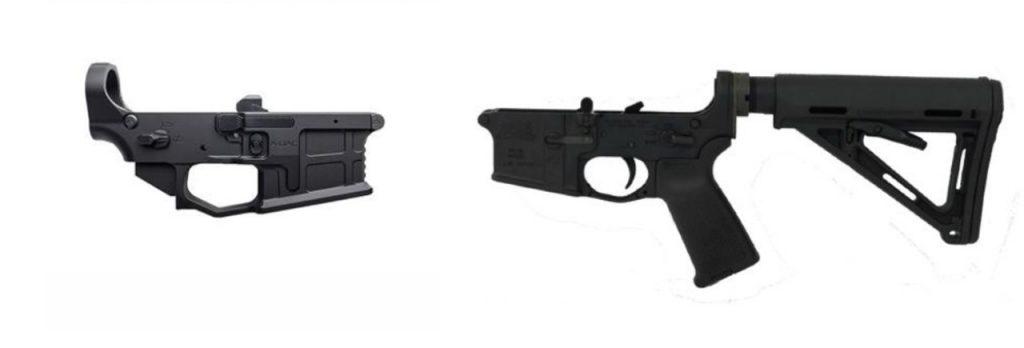
The difference between a stripped and complete lower is pretty obvious.
Have we mentioned AR versatility? When it comes to the choice of internal lower parts, triggers, grips, buffer tubes, and stocks/braces, there is a kaleidoscope of options available for the AR builder.
Complete Lowers
For ease of construction, complete lowers will be good to go right out of the box, just add a complete upper, bolt carrier group, and magazine, then function check and make sure it is lubed, and you are good to go.
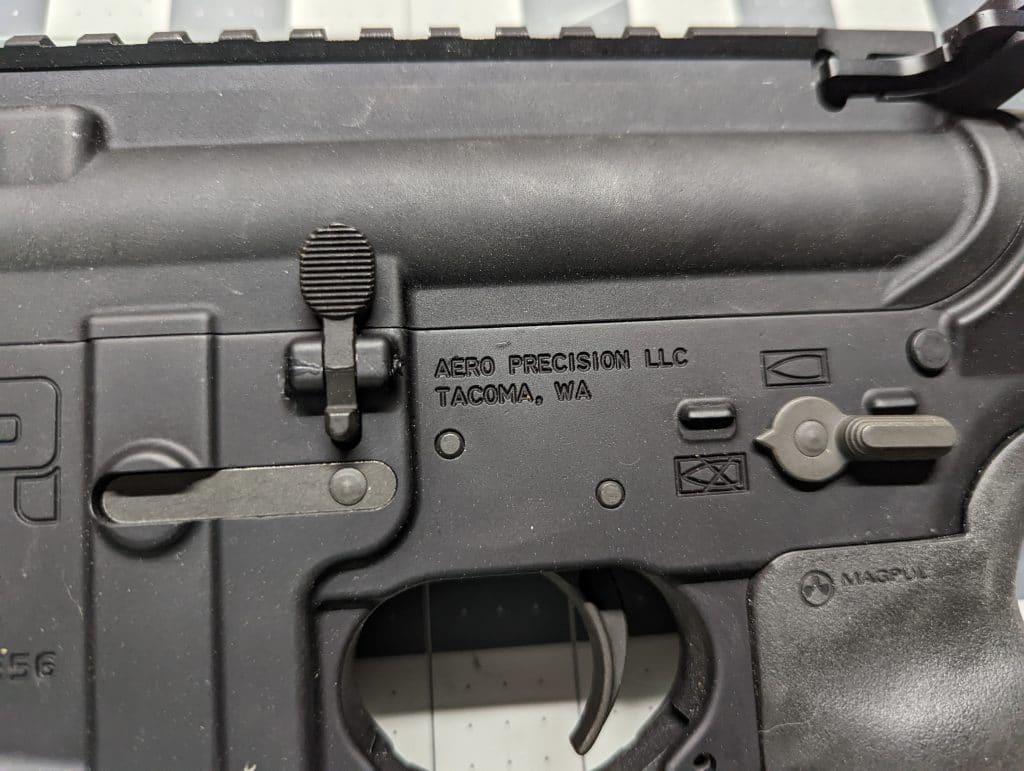
This is especially appealing for first-time builders. Should you decide to, say, swap out a mil-spec hammer, hammer spring, disconnector, trigger, and bolt catch pin for an aftermarket drop-in trigger assembly as an upgrade, that is something that can typically be carried out later in under an hour with the help of a YouTube video.
Don’t end up liking it as much as you thought you would? Swap it back.
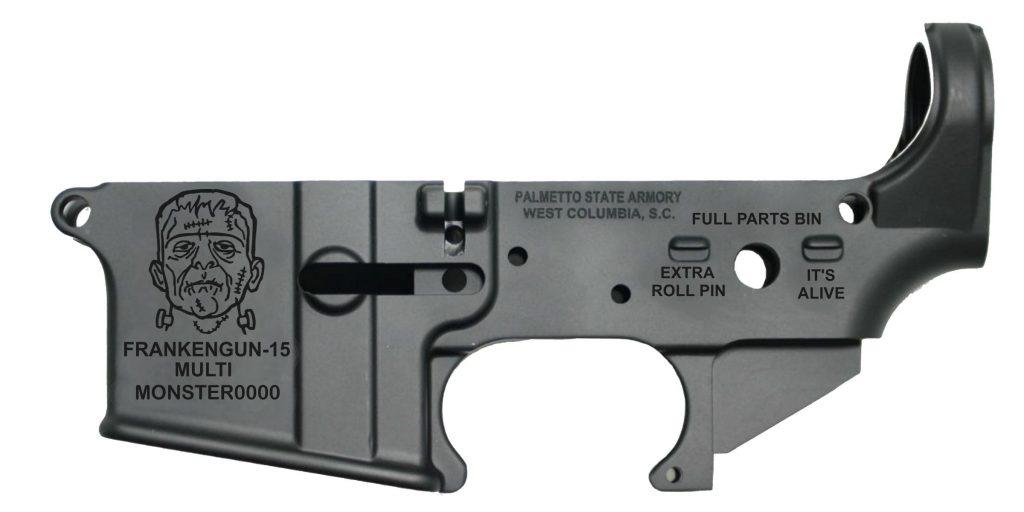
Stripped Receivers
For those looking to craft a gun from the bare receiver up, a stripped lower receiver is the way to go, allowing individual selection of LPKs and triggers, tubes, stabilizers, or the inclusion of an ambidextrous bolt release or custom roll marks like the above Frankengun lower from PSA.
This is appealing not only to AR snobs who will debate the finer points of a Timney Calvin Elite trigger compared to the Triggertech Adaptable trigger but also to those looking to build on a budget as oftentimes generic LPKs with standard no-name “military” grips and triggers can be had at value prices, sweat equity required.
What We're Looking Forward To
We plan on testing a few new brands for this year’s lower guide. We’re planning on testing new Anderson Lowers, as well as fresh lowers from DoubleStar USA, BlackFireForge USA, Daniel Defense’s new RIII URGs, Aero Precision, and a few on the PCC front from Davinci Machining, which has been making strides on the 3-gun circuit with their precision lower work for a few years. We’re curious if their build and quality could be worth the additional cost, as their basic lowers start in the $300 range.
What should you expect to pay?
Due to the variety of features available on lowers can vary so much, so does pricing. For under $100, it’s possible to get a quality forged or billet lower that comes totally bare.
- Over $100, you’ll be getting some parts that come with the lower, such as a basic trigger, magazine release, etc. But it’s unlikely any of the parts will be especially fancy or high-end. Expect lots of mil-spec goodness and little worry about quality control.
- At the $200 mark, it’s more likely that you’ll get either a buttstock or an upgraded trigger. At this price point, some fancier finishes are also available.
- Above $300, you can expect a lower that comes fully ready to go, and many of them will come with upgraded parts that are intended for accurate rifles and competition guns.
As you can see, it’s more than possible to get into AR building with a stripped lower at a relatively low price.
This is one of the things that I like so much about buying lowers: it gives people a chance to get into an AR for an extremely reasonable price, and then you can learn something about building a complete rifle along the way. I’d recommend going for a stripped lower if you want to save money and are up for a little bit of a challenge.
Additional Resources
- GunCraft101. (2019) Making an AR15 from beer cans 2011
- Clinton Aluminum. (2017) 6061 VS. 7075
- 80% Lowers. (2020) AR-15 Coatings Explained
Reviewed
November 11, 2023 — We’ve reviewed this guide and stand by our AR lower recommendations.
Sign up for our newsletter
Get discounts from top brands and our latest reviews!

